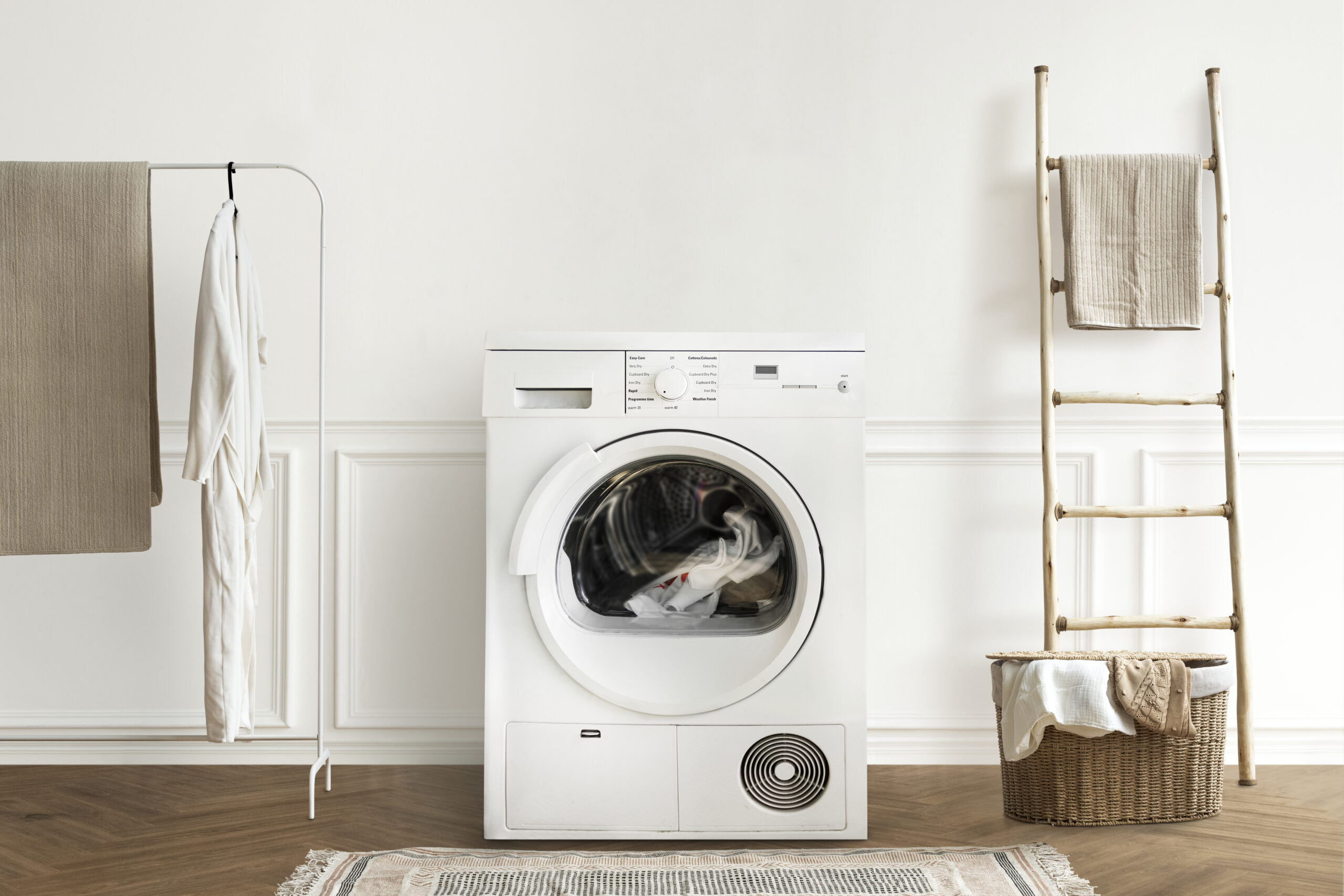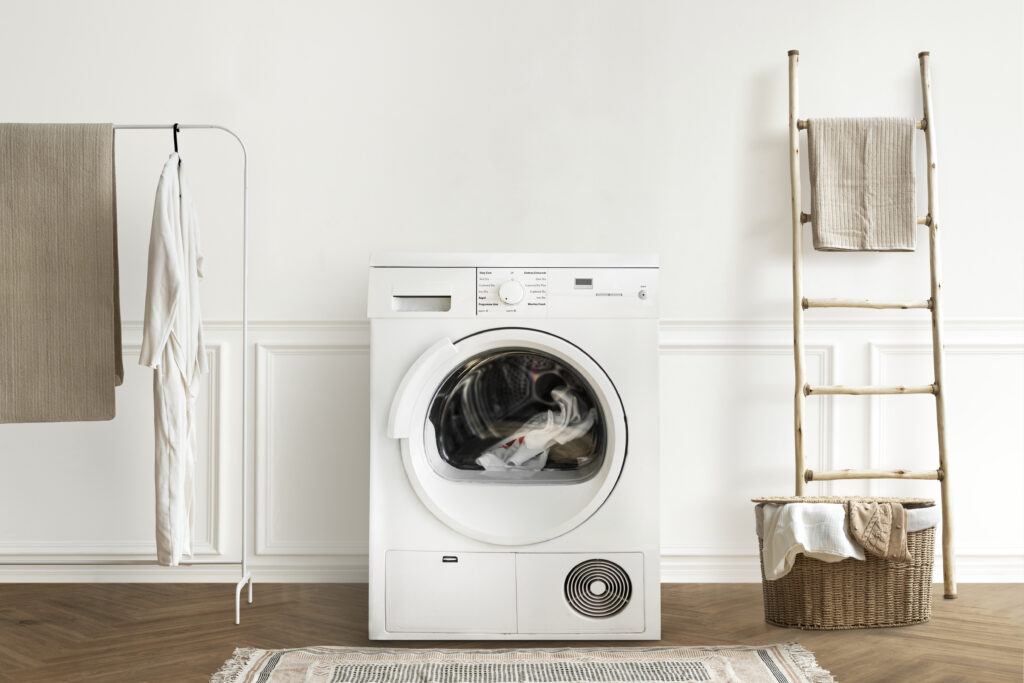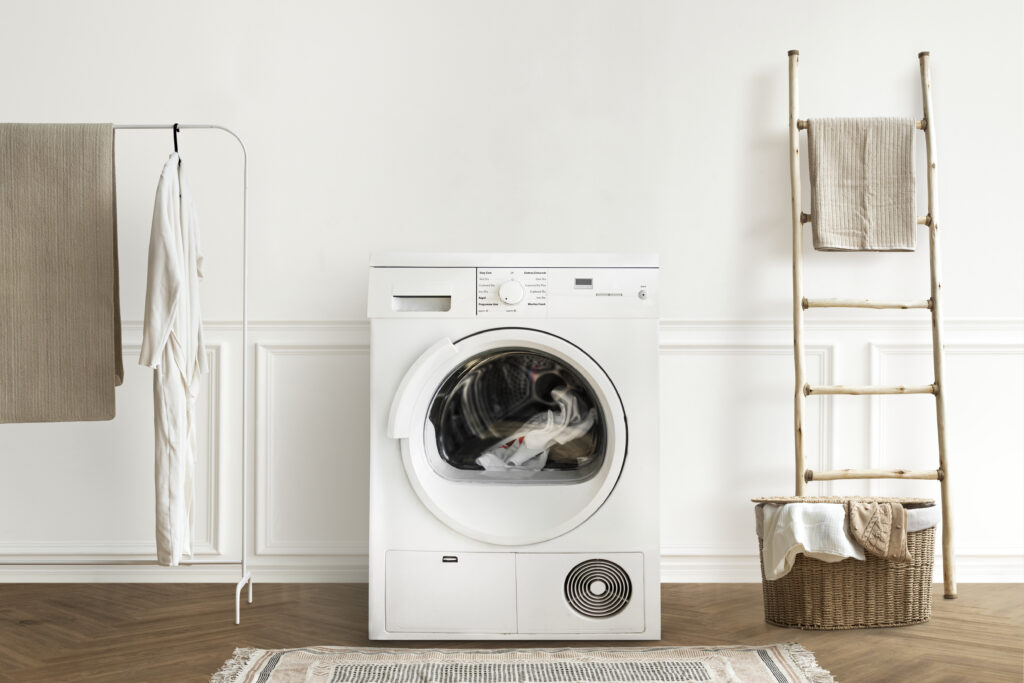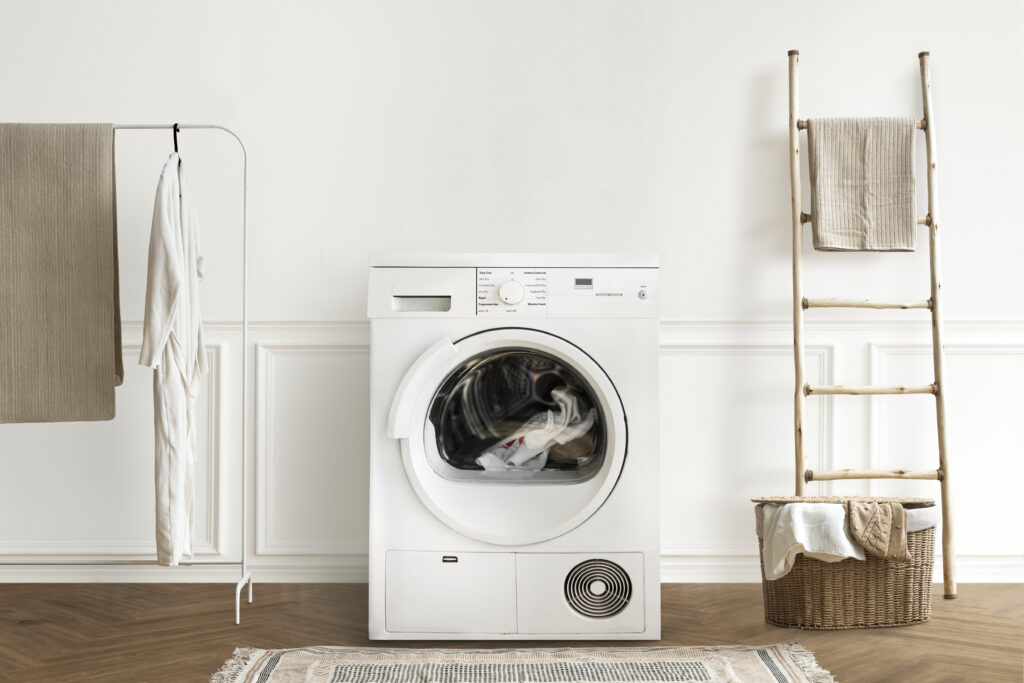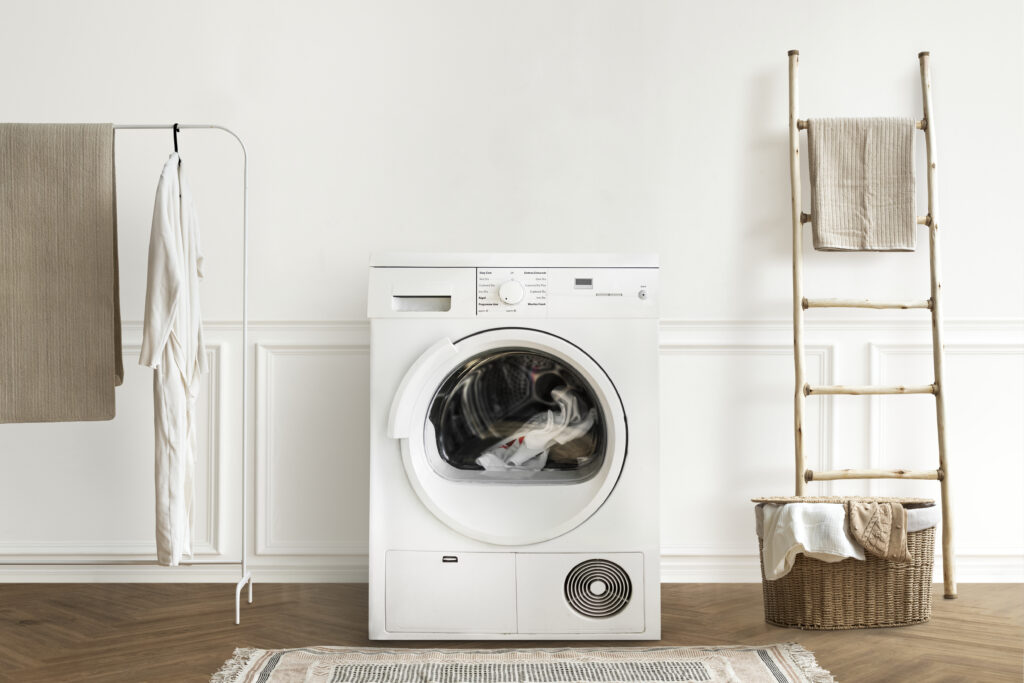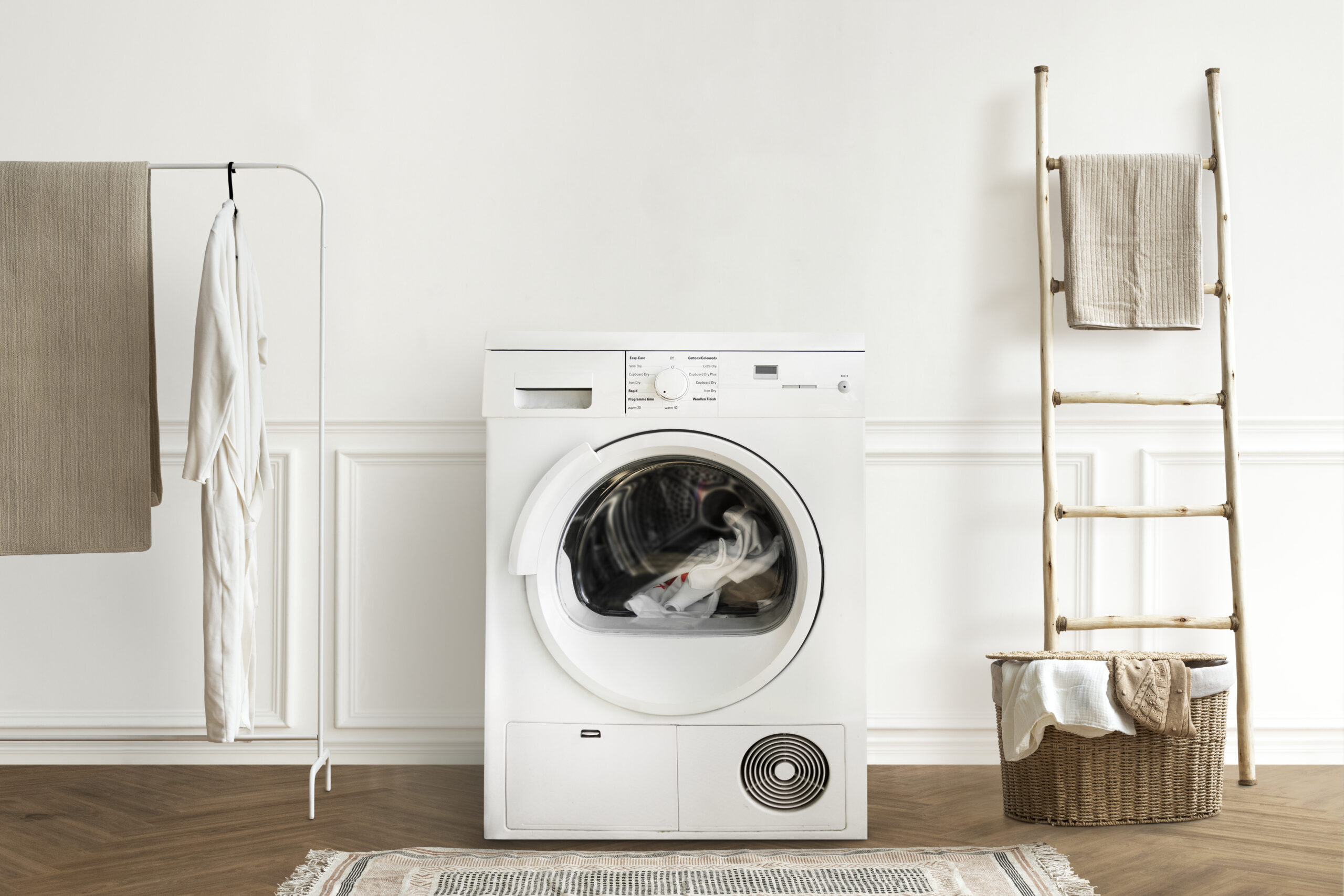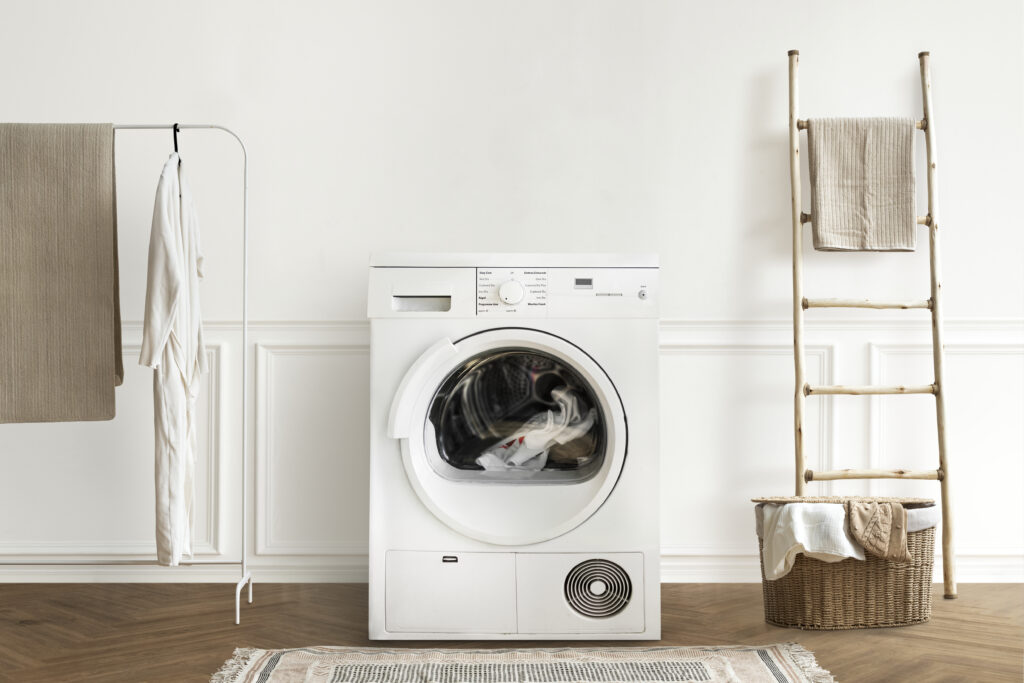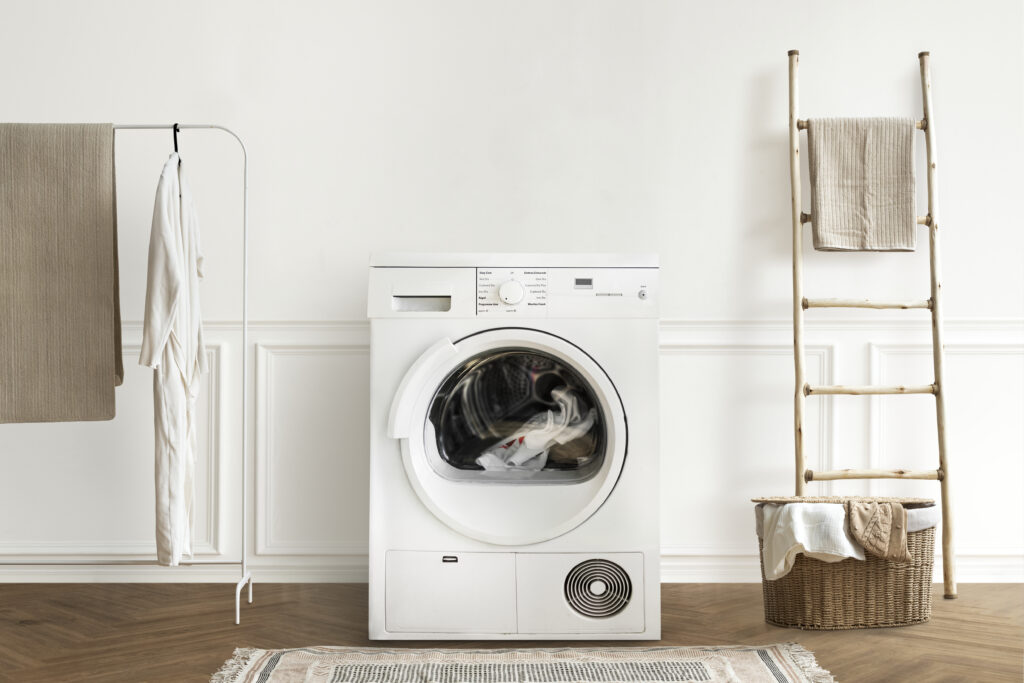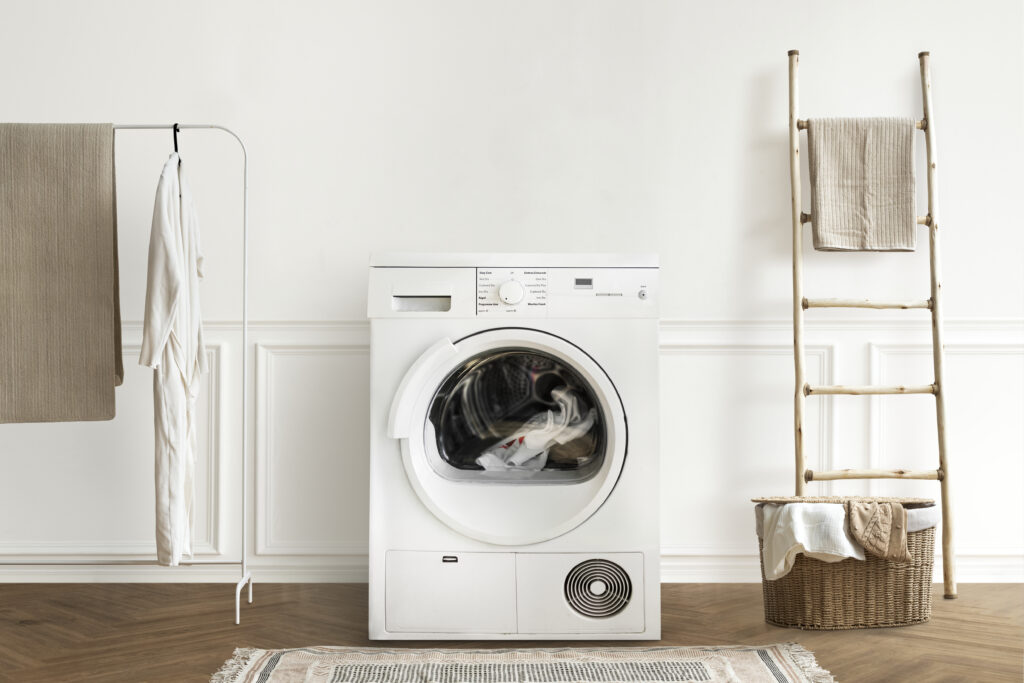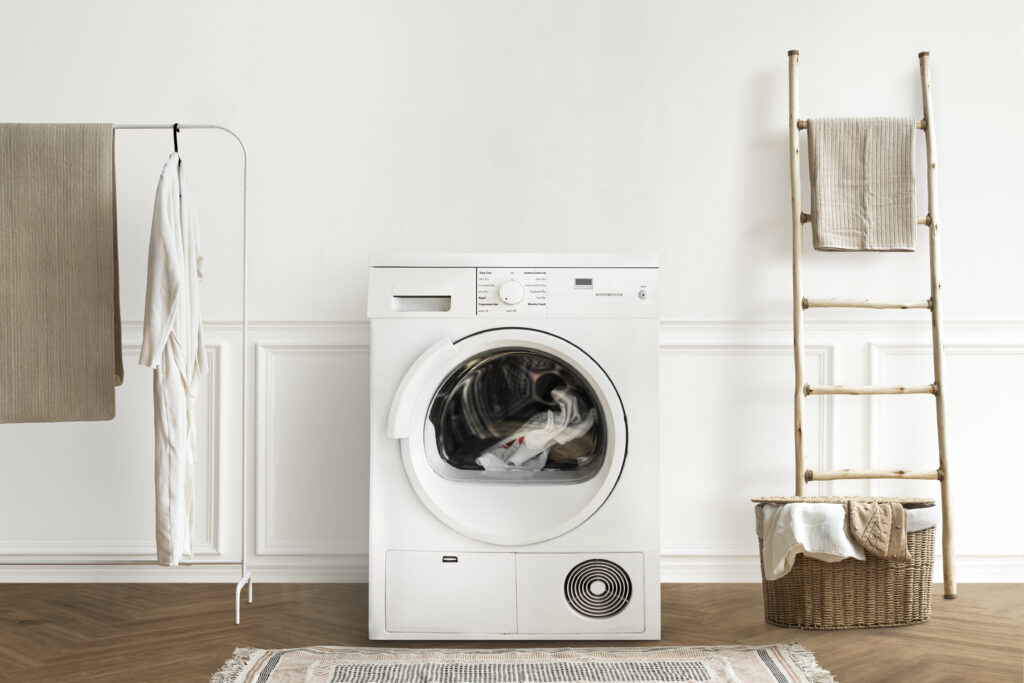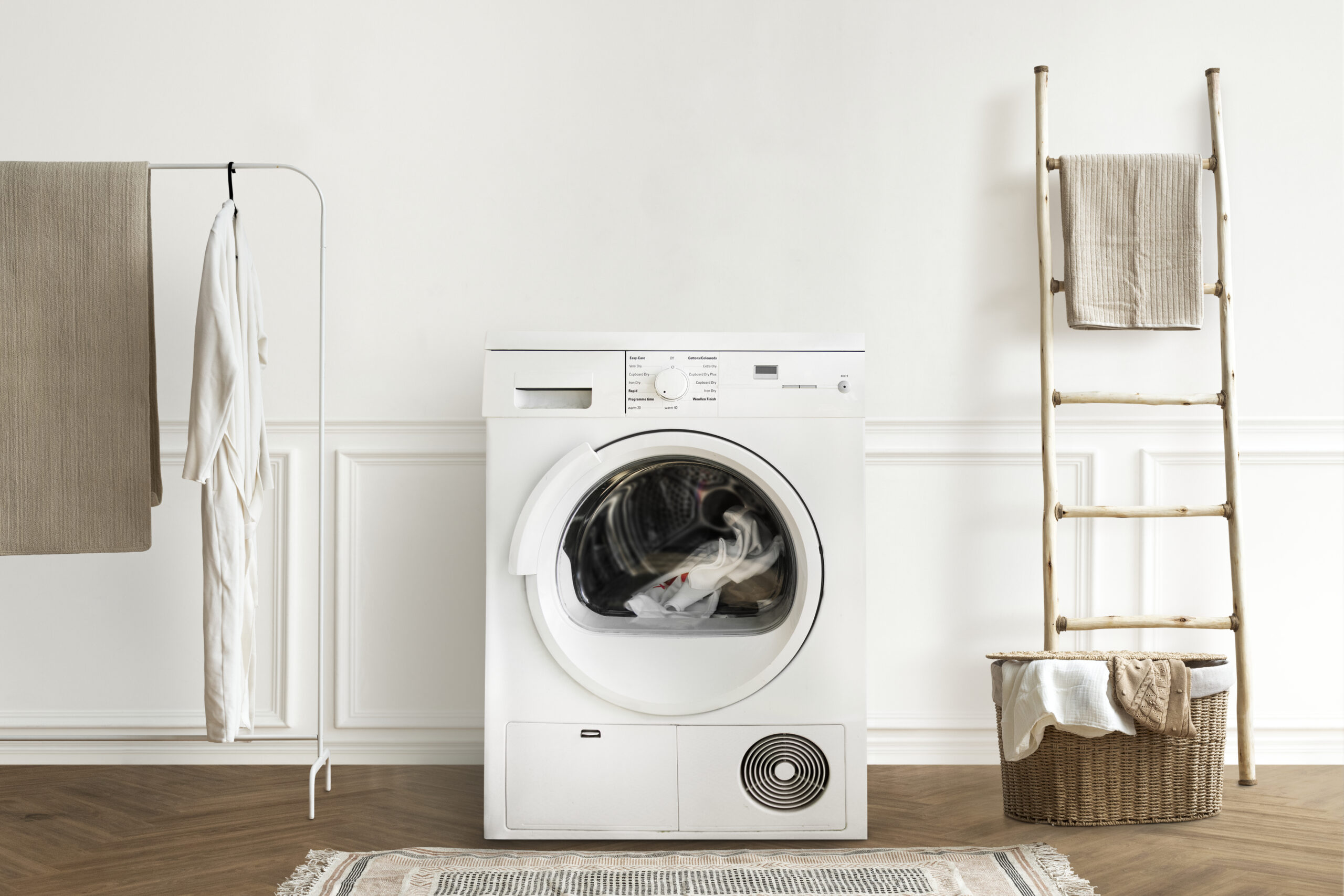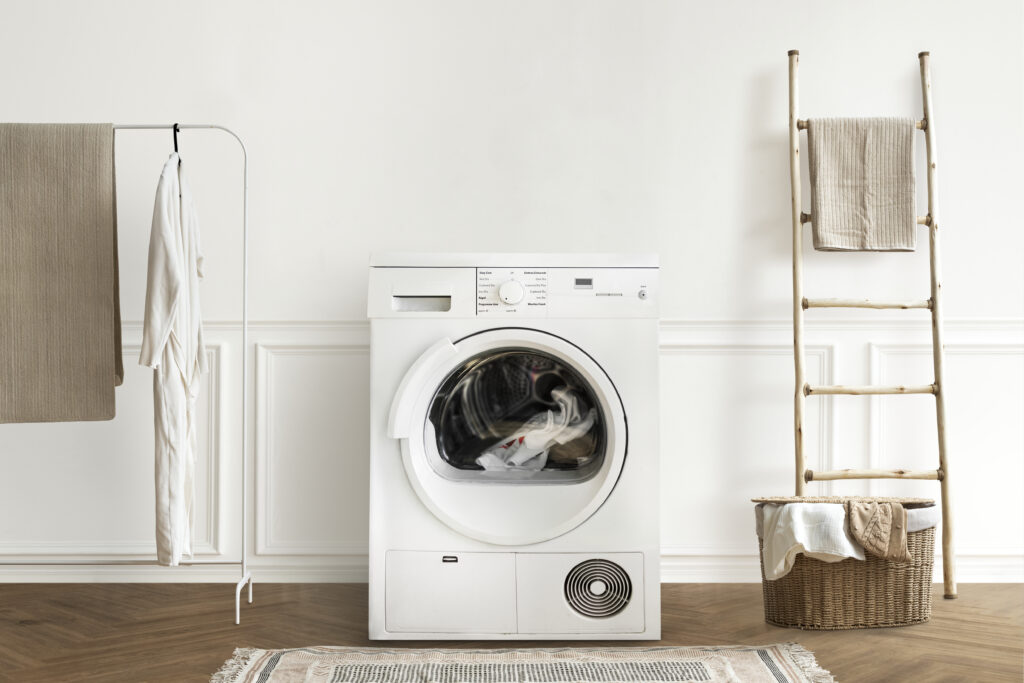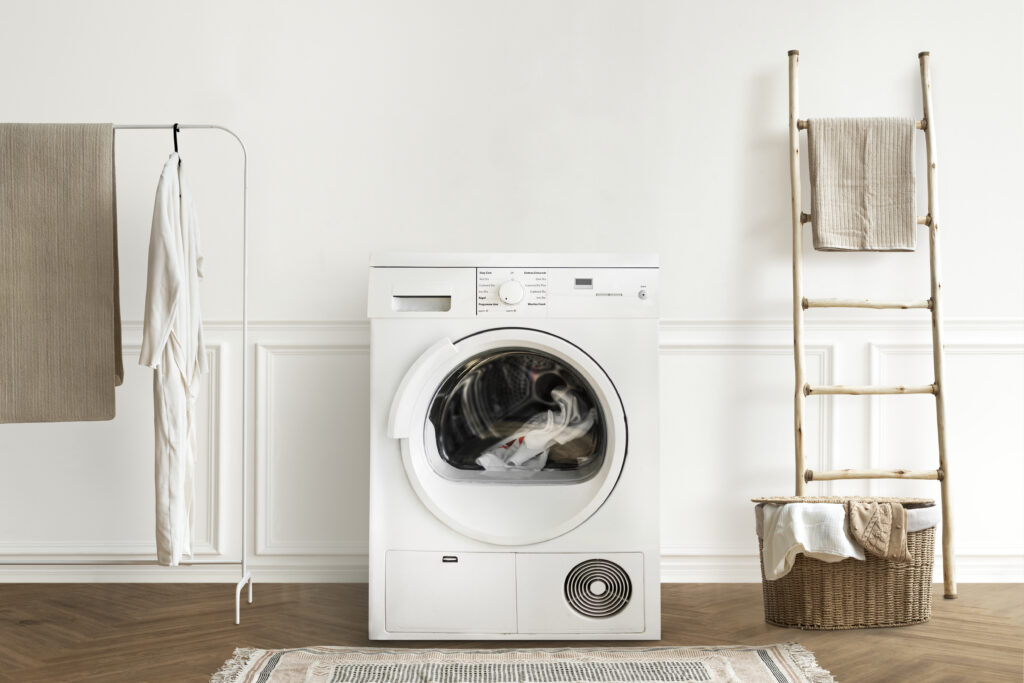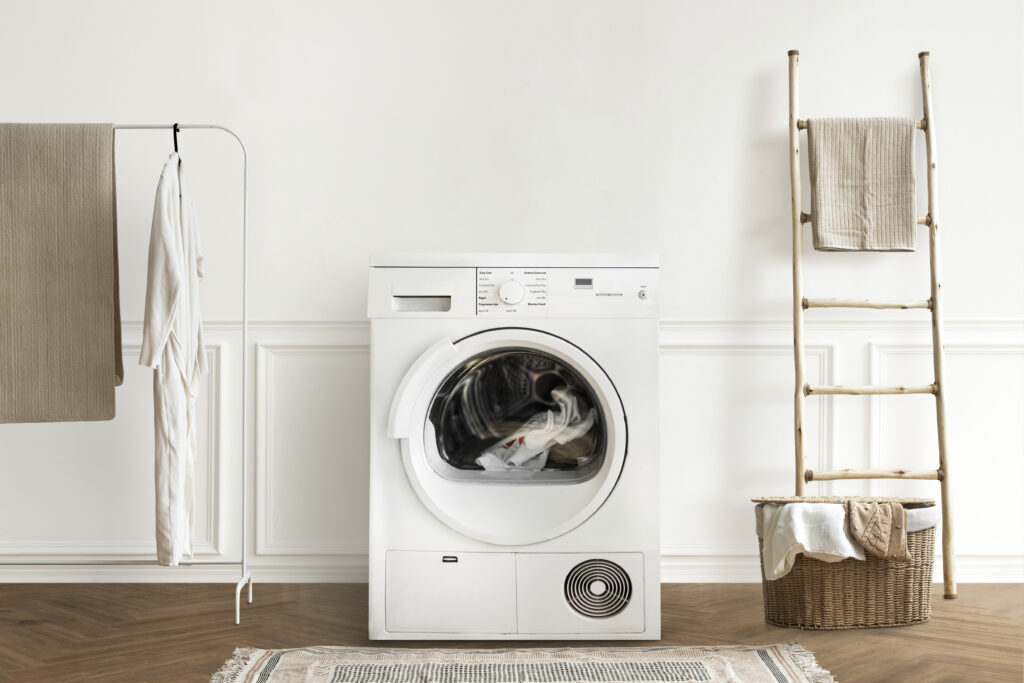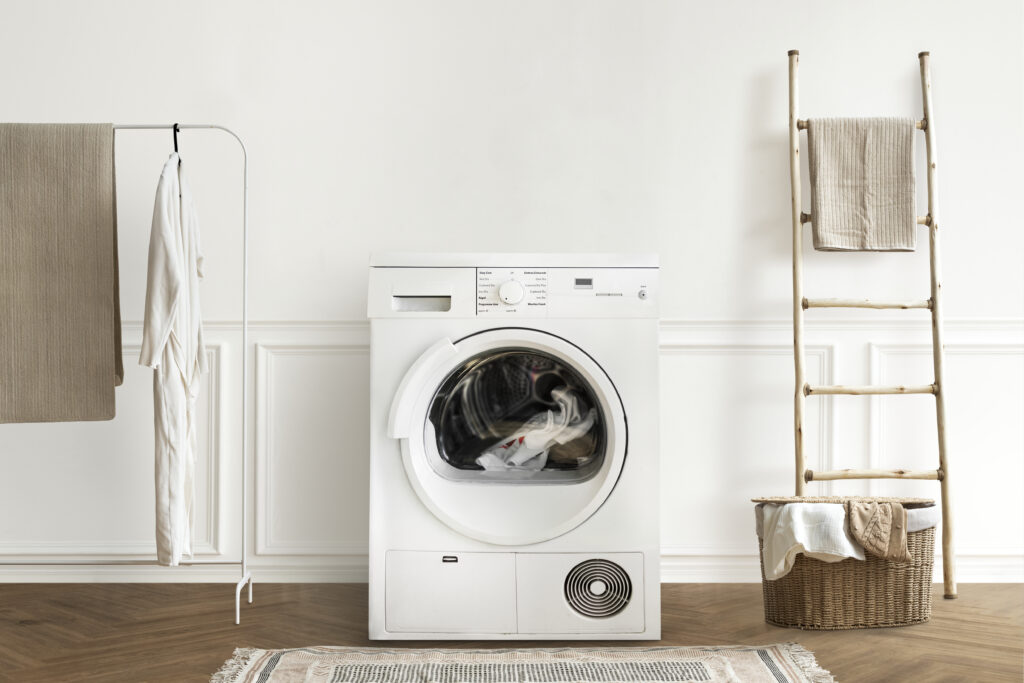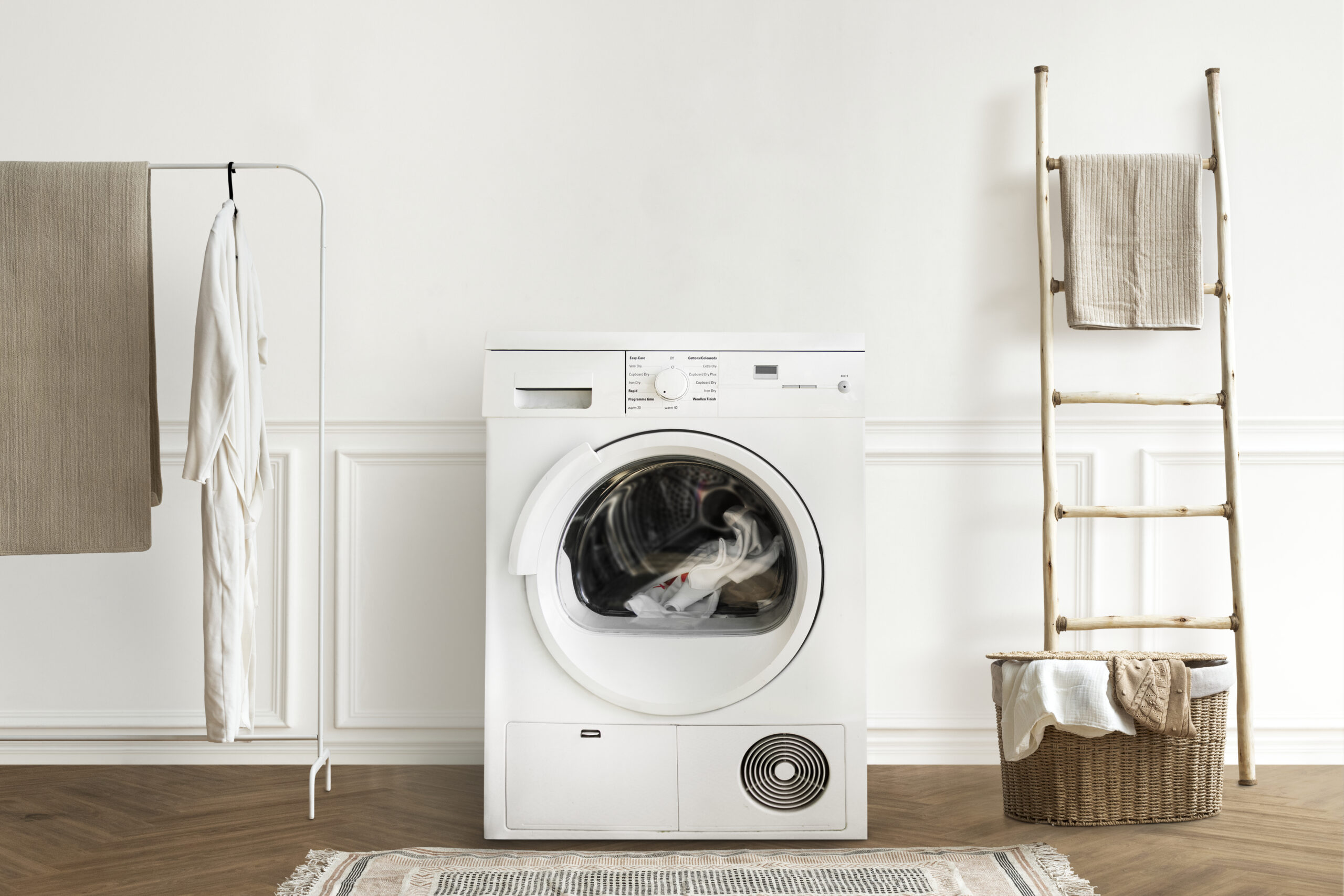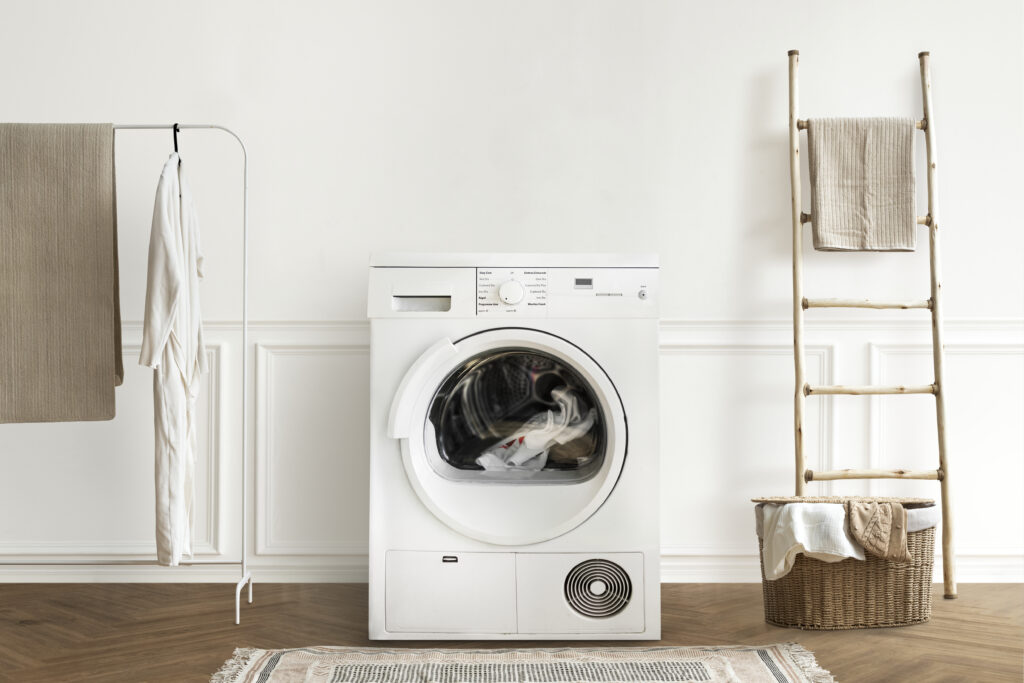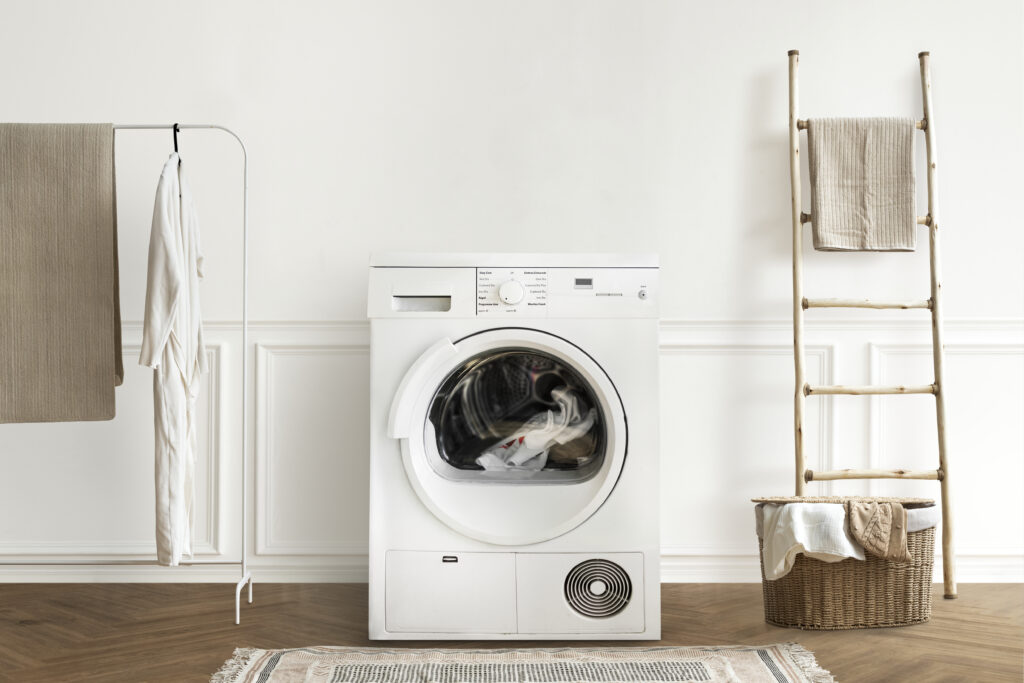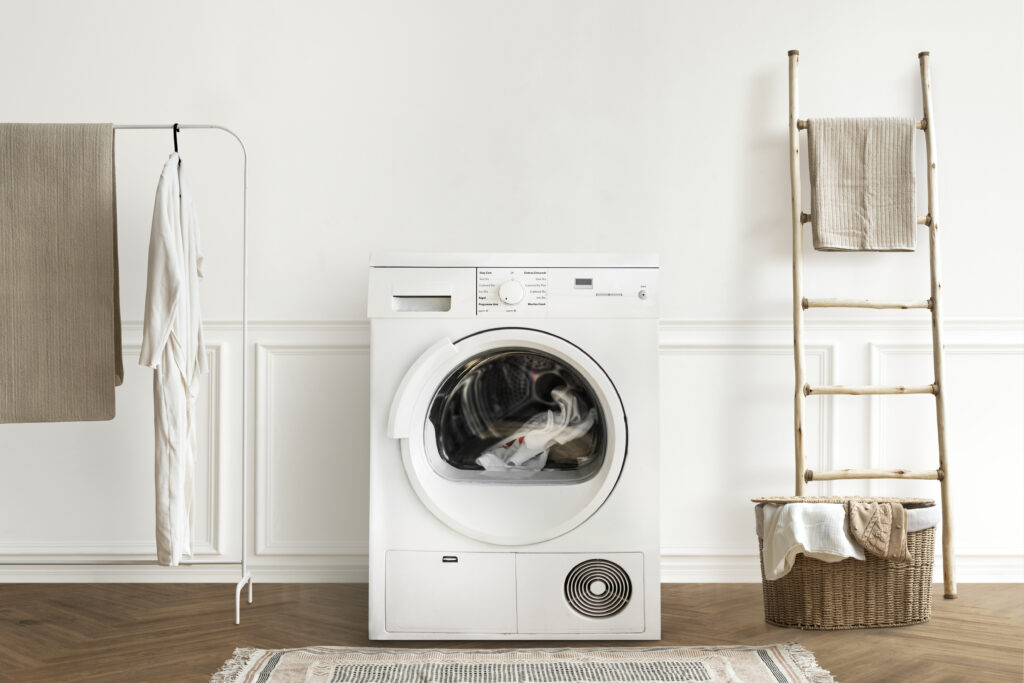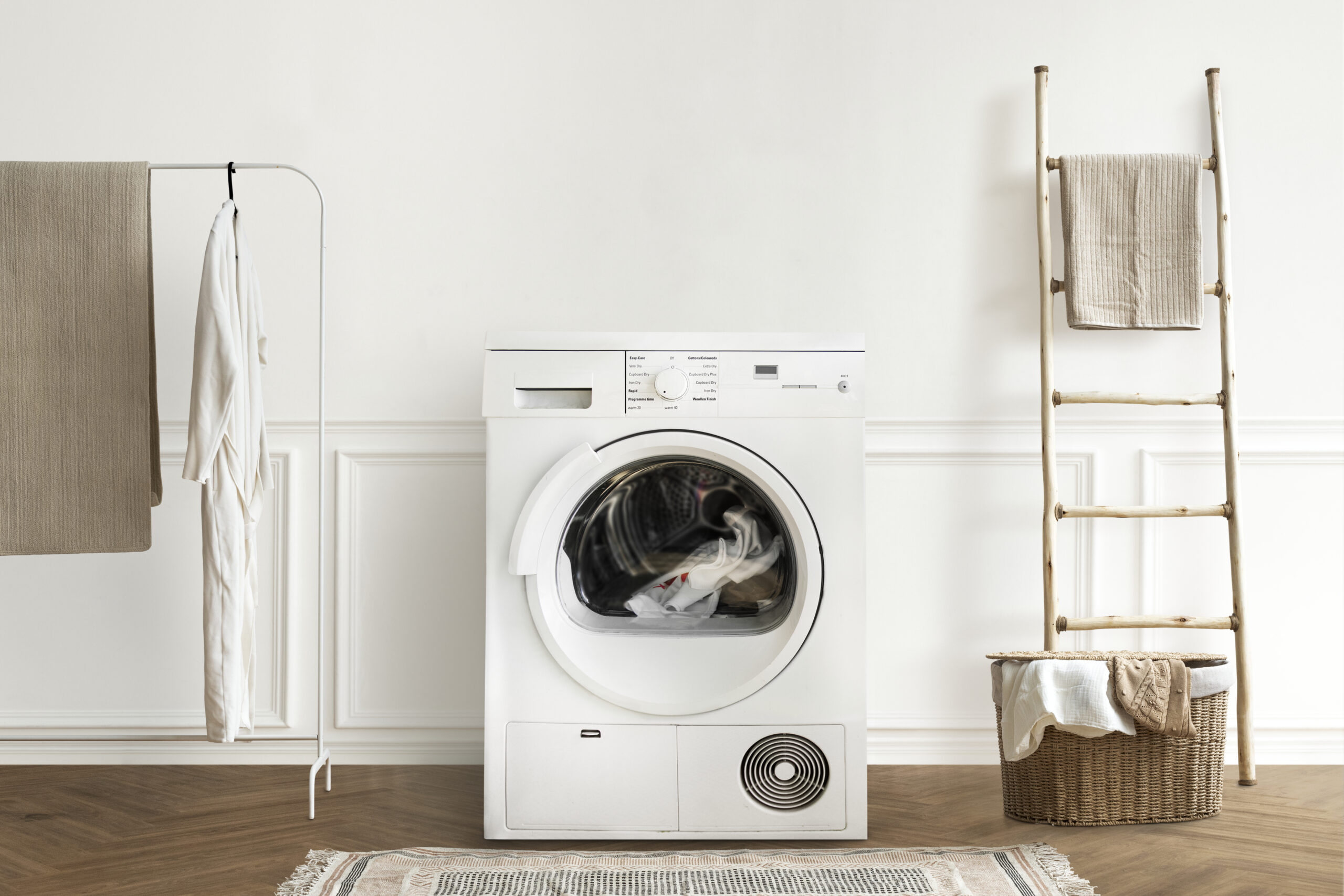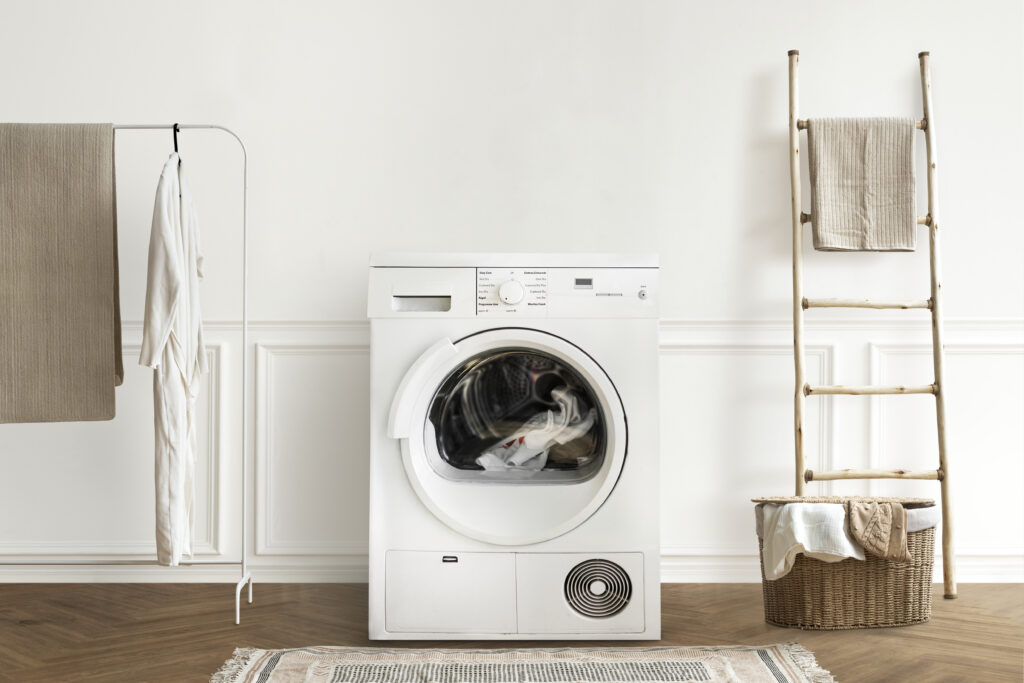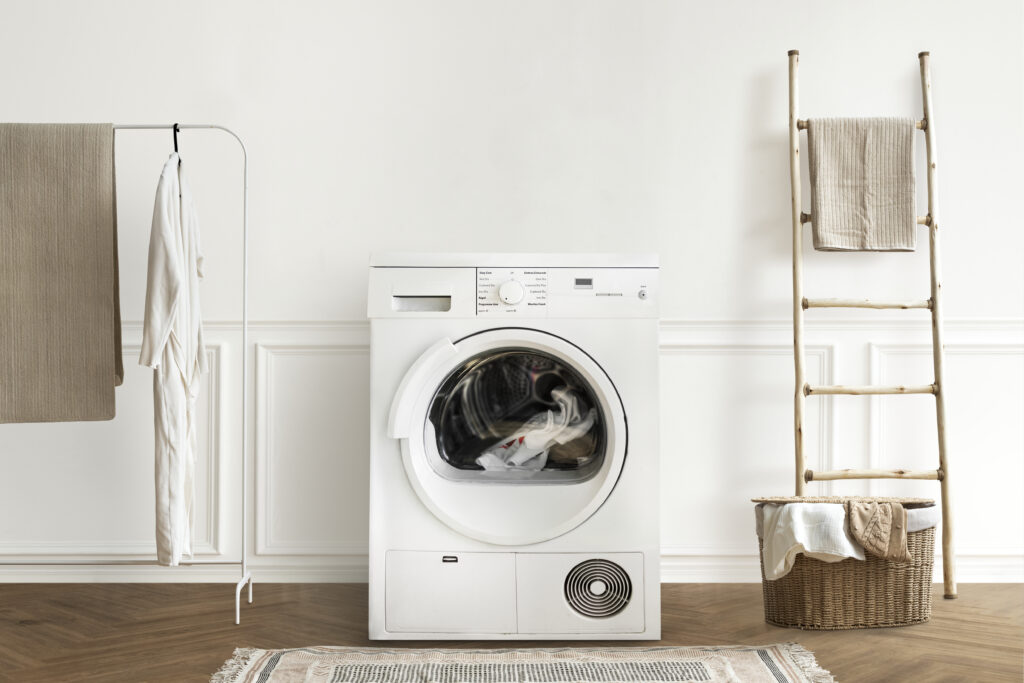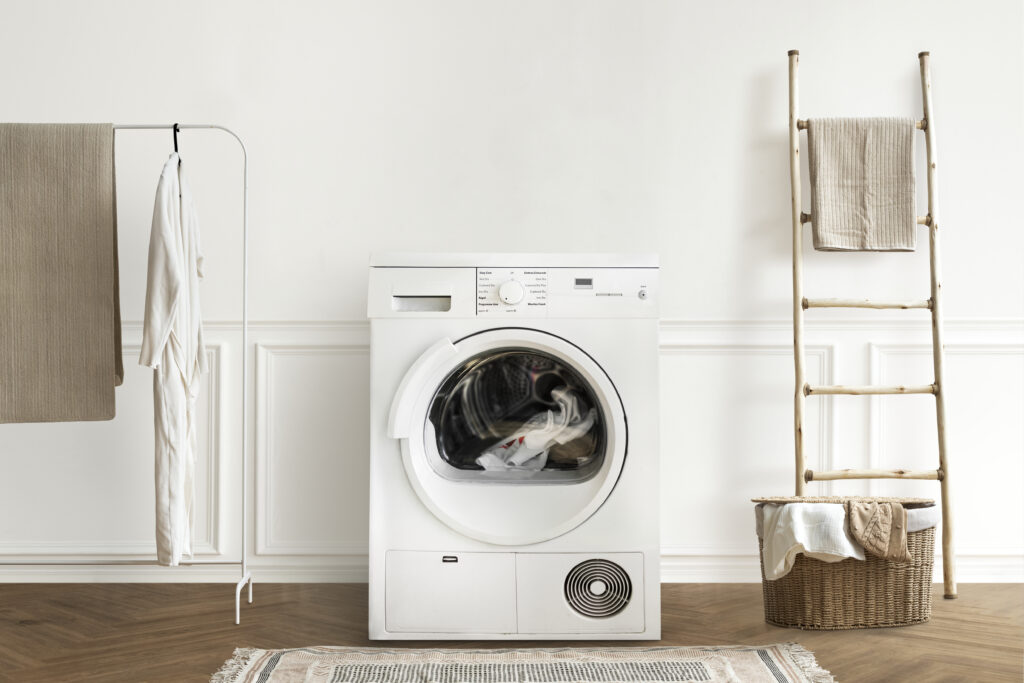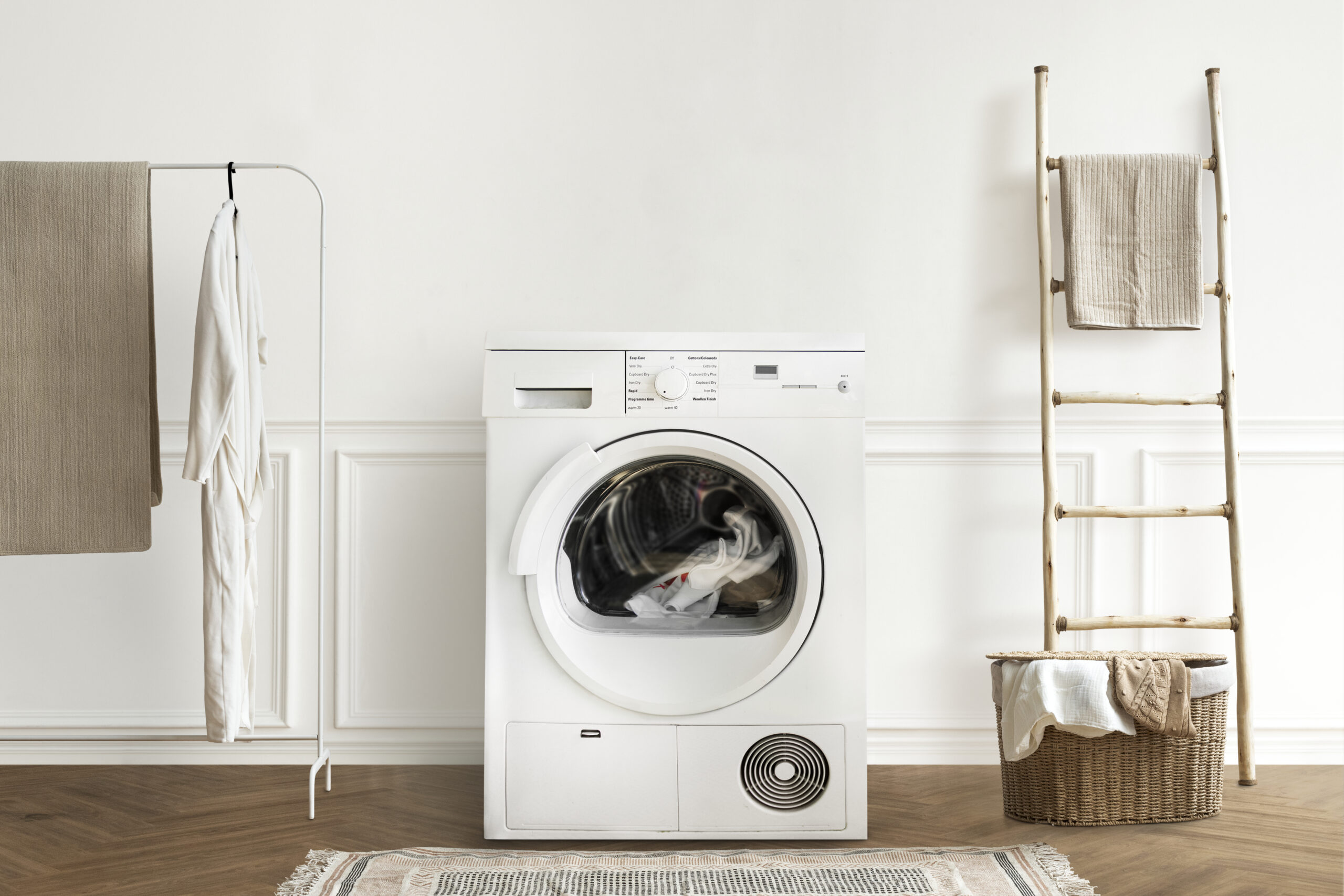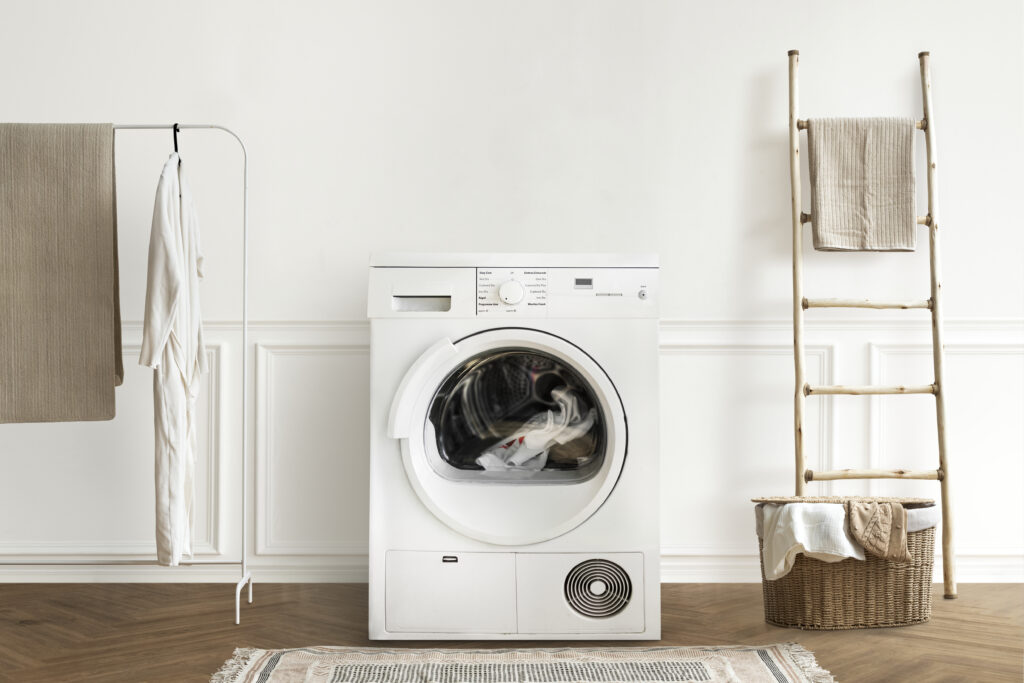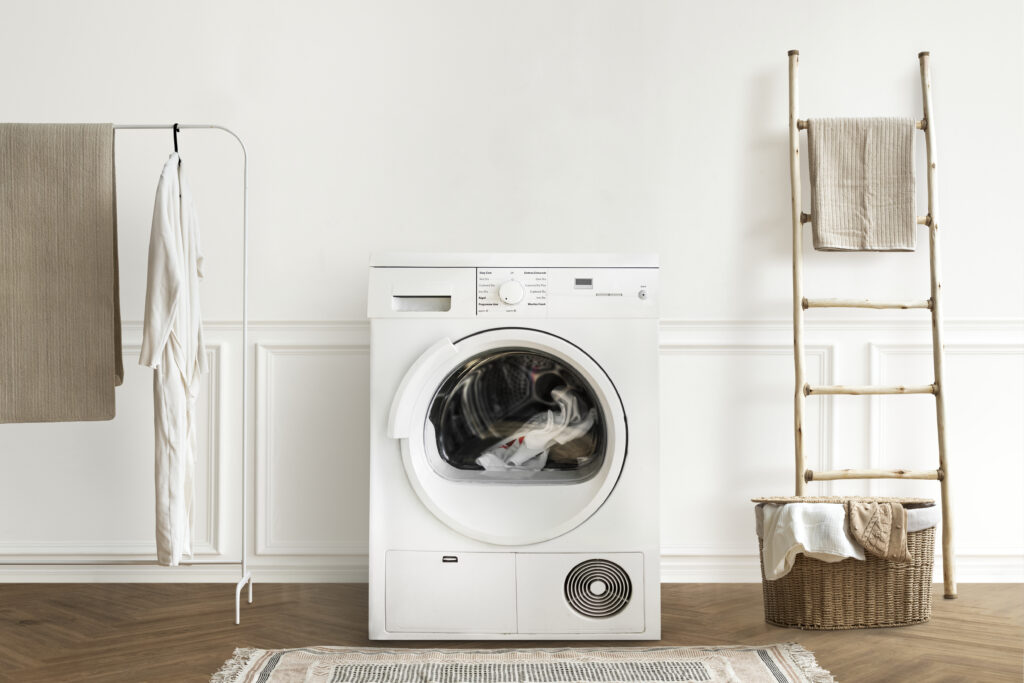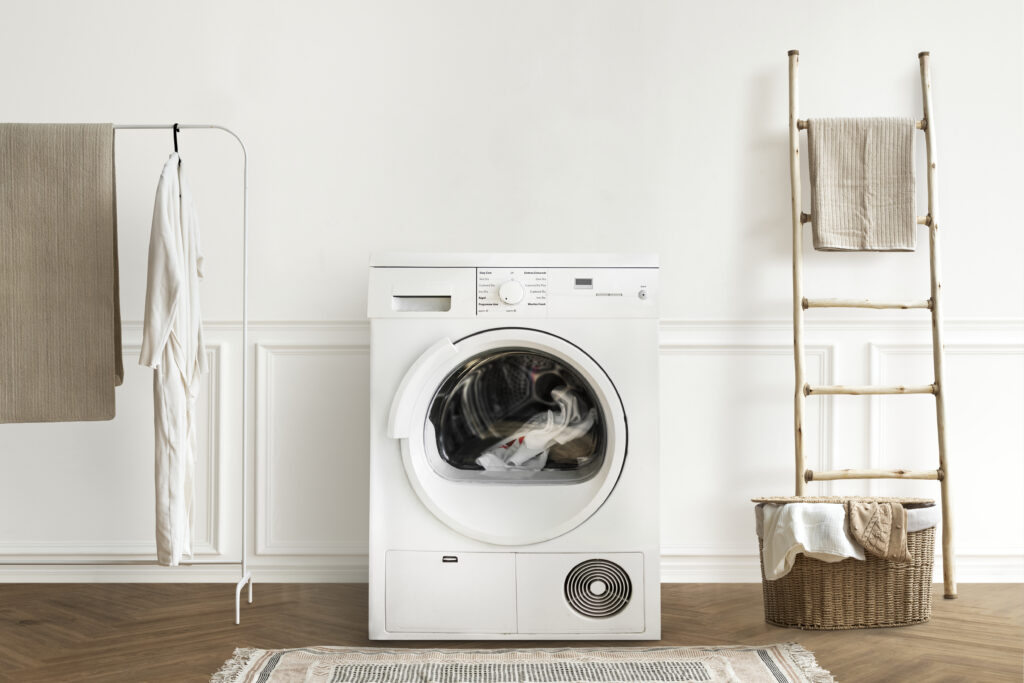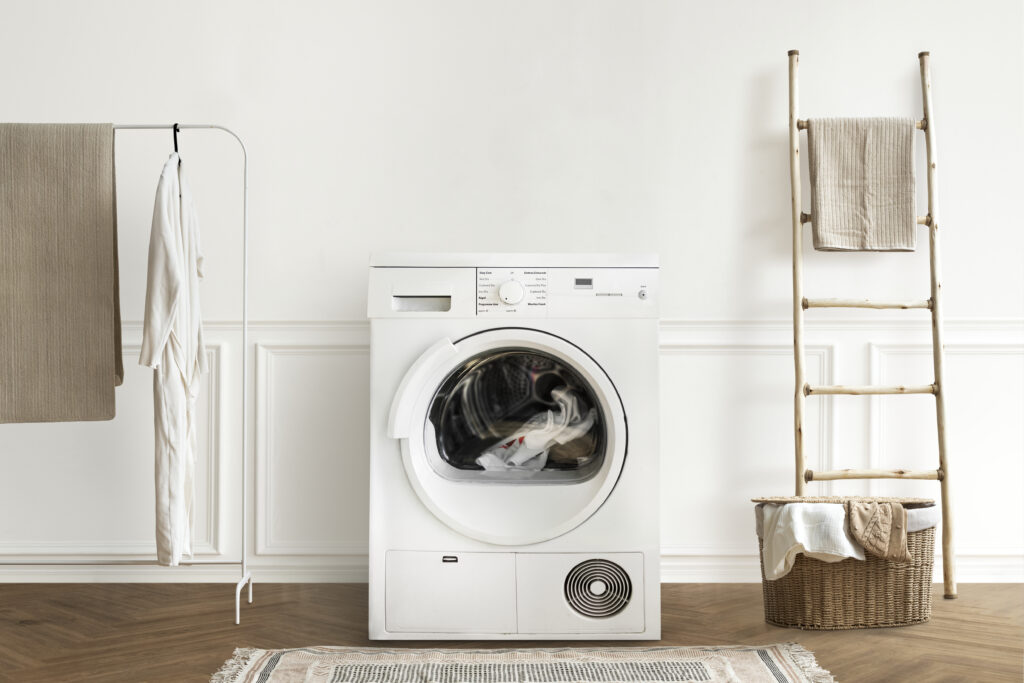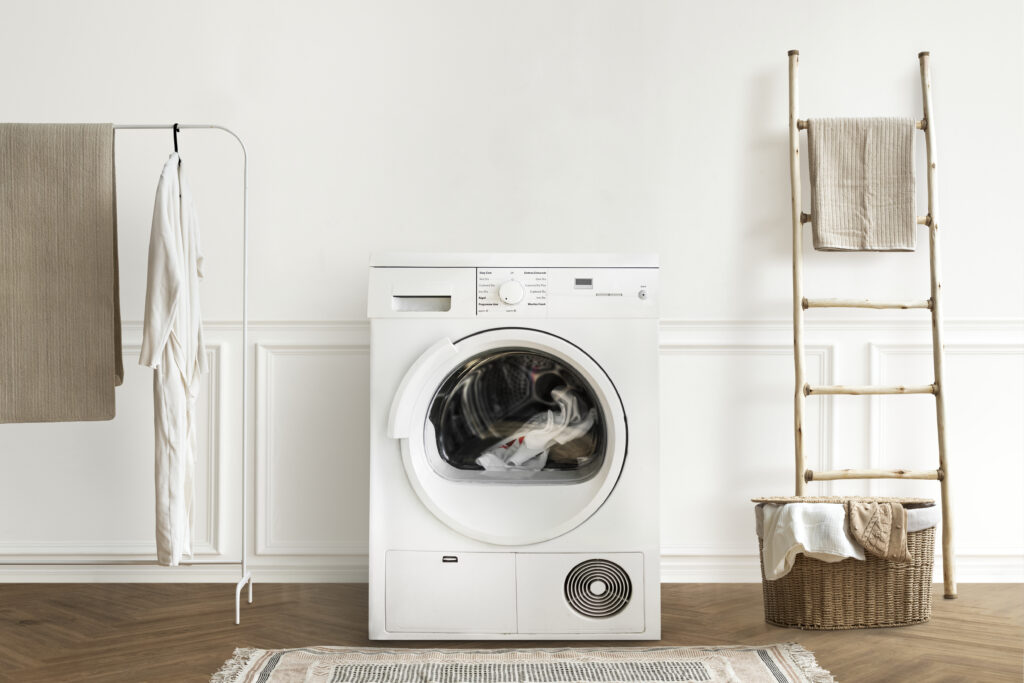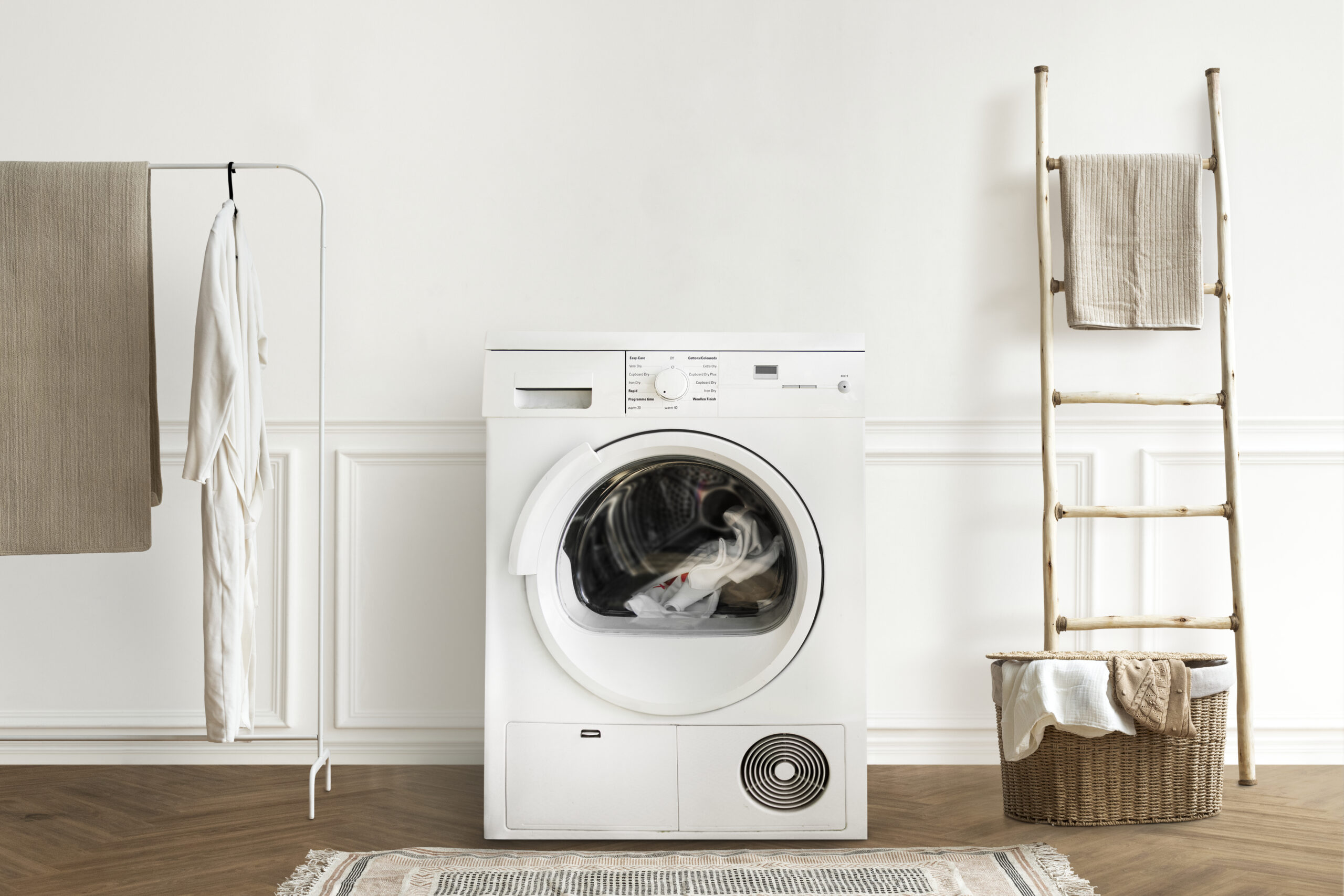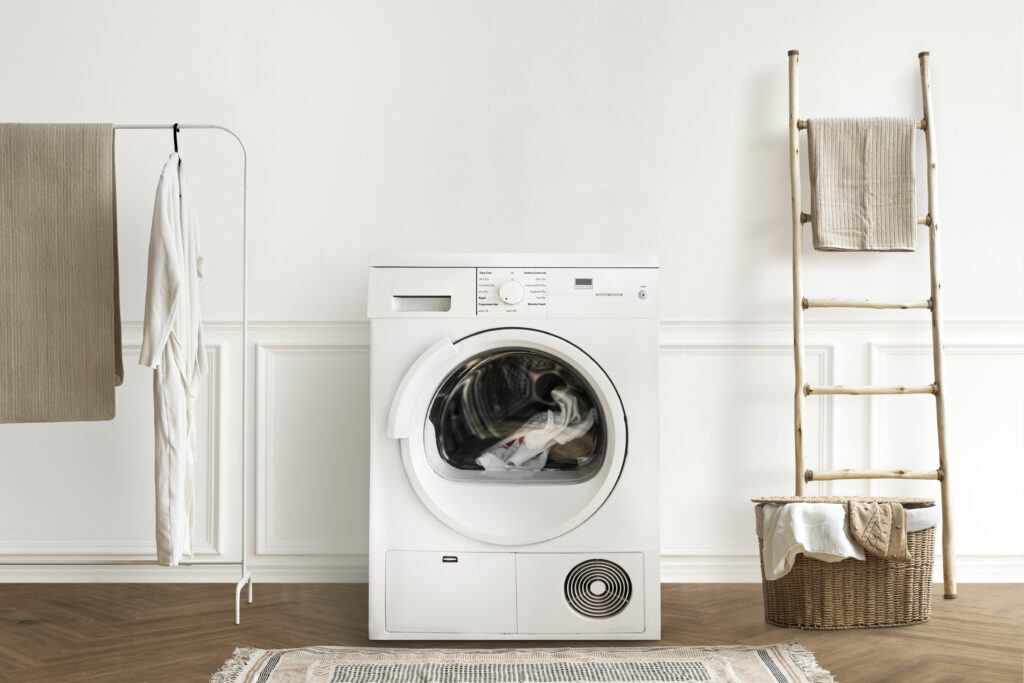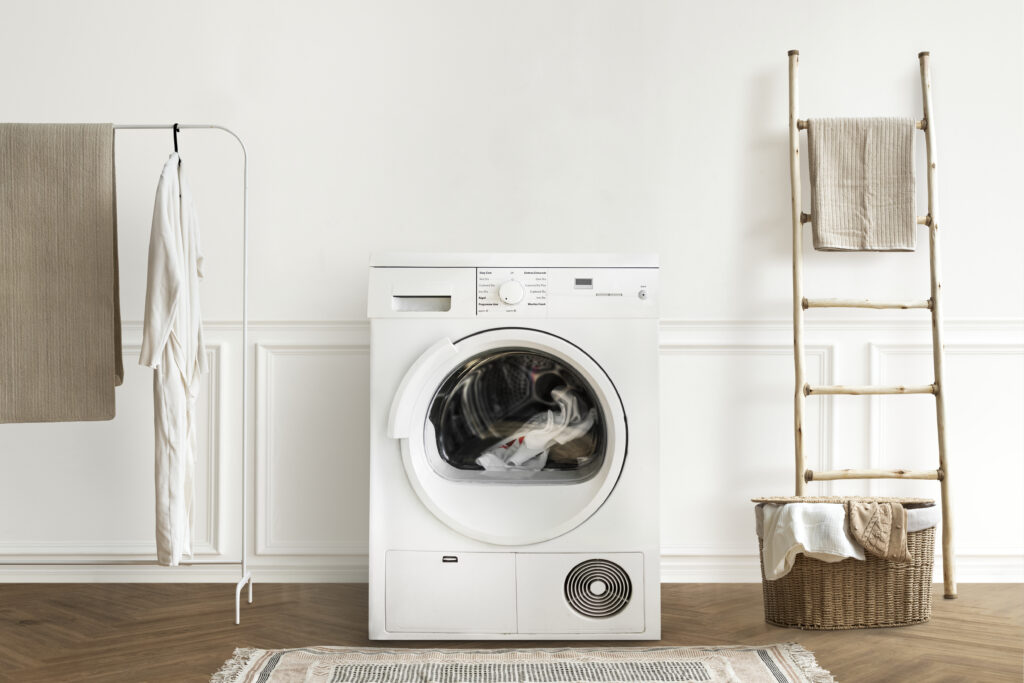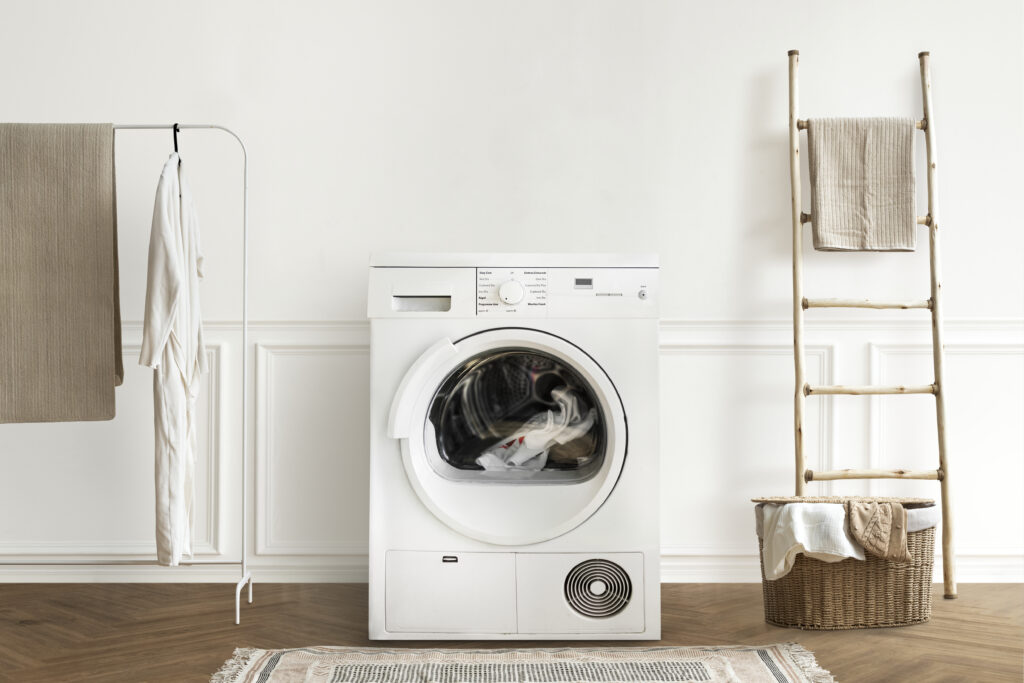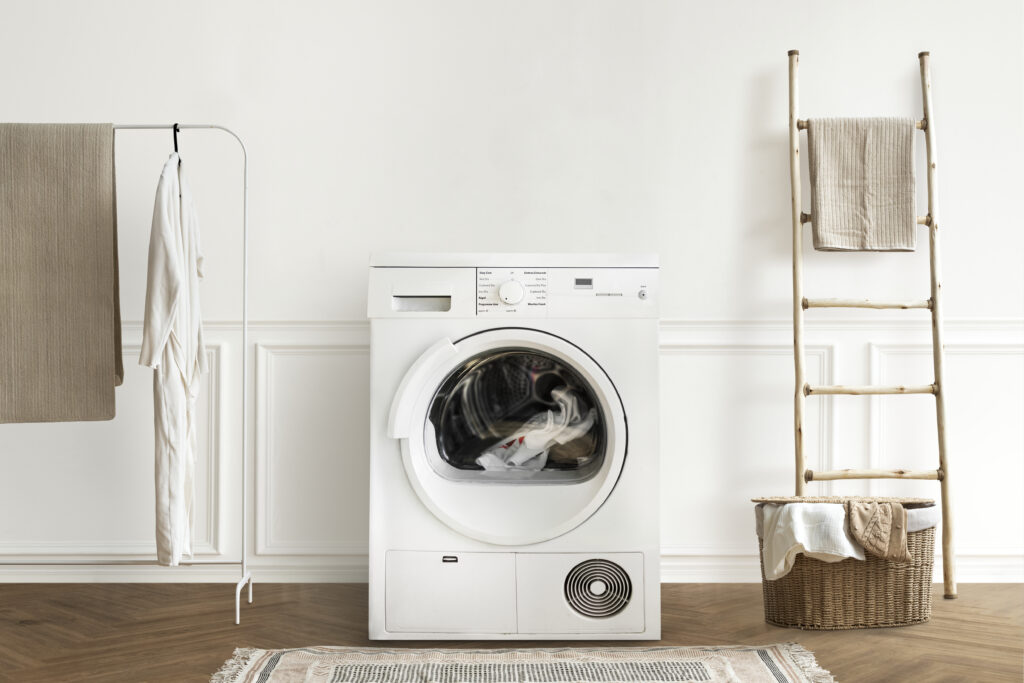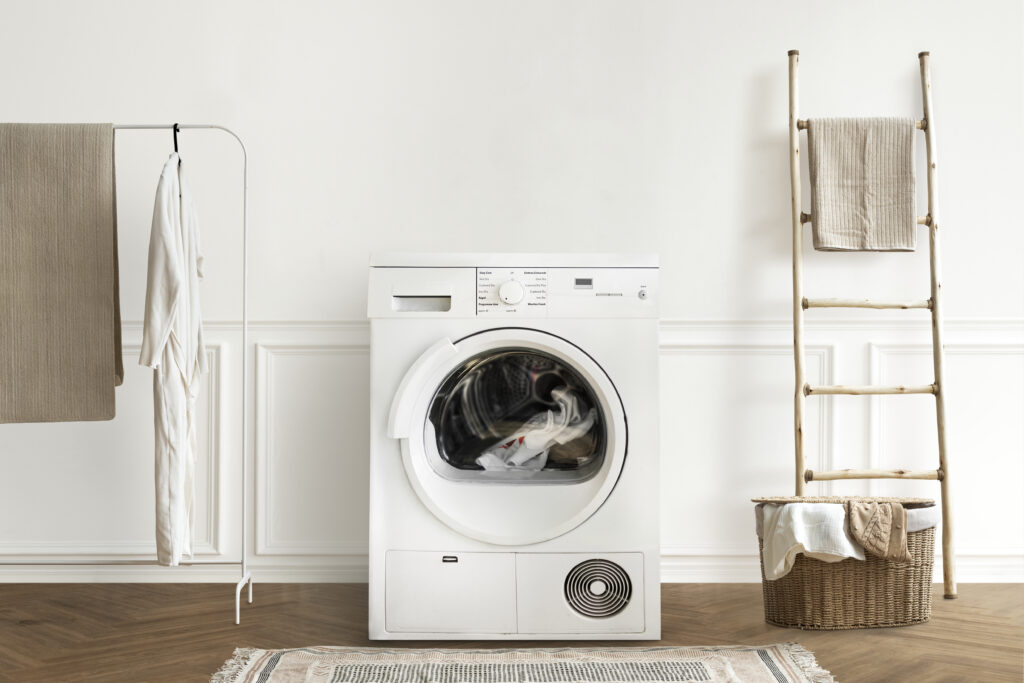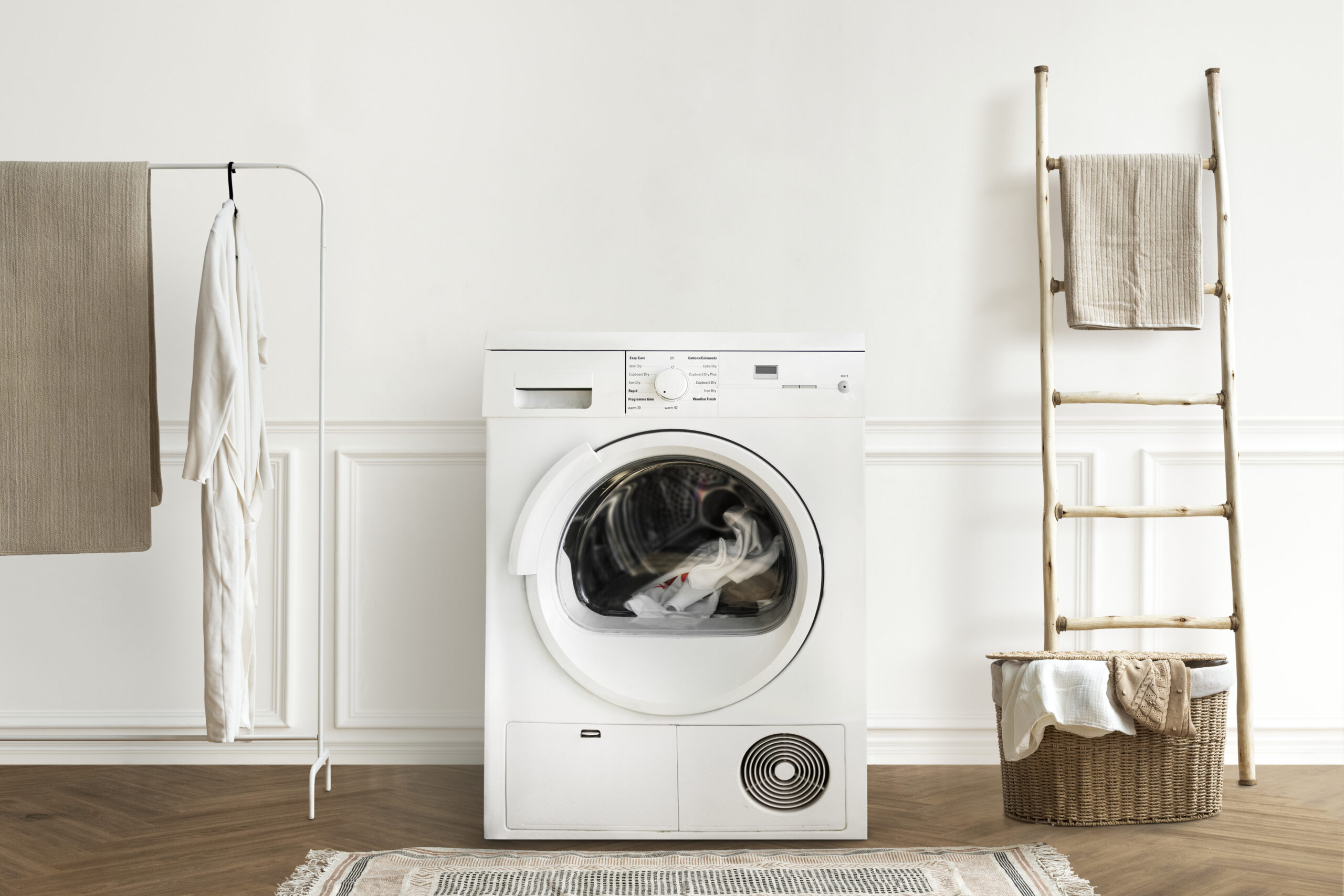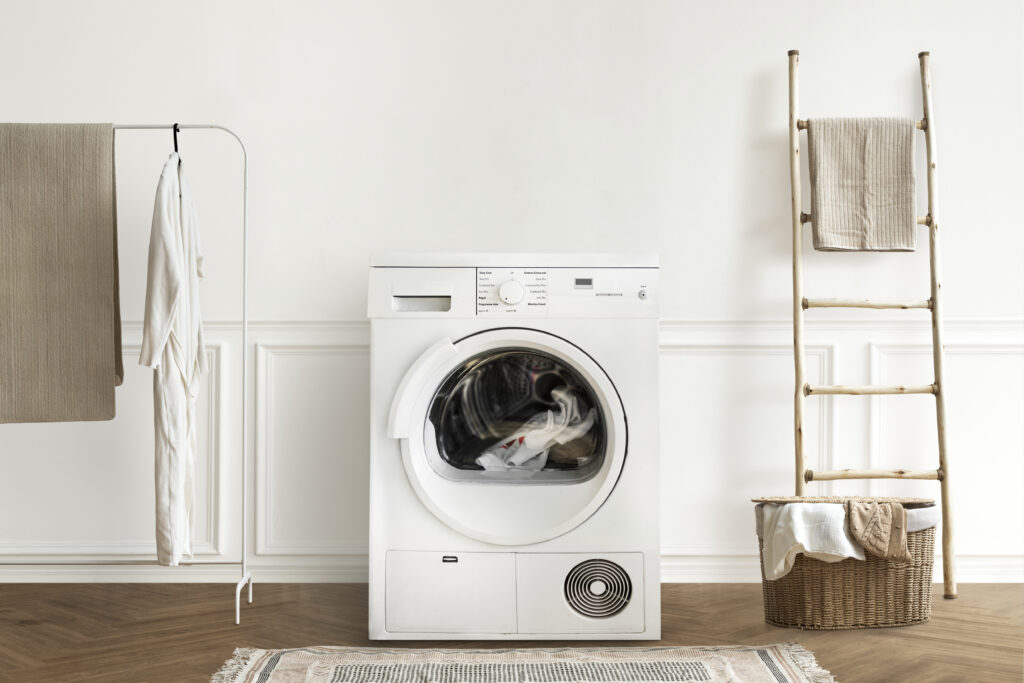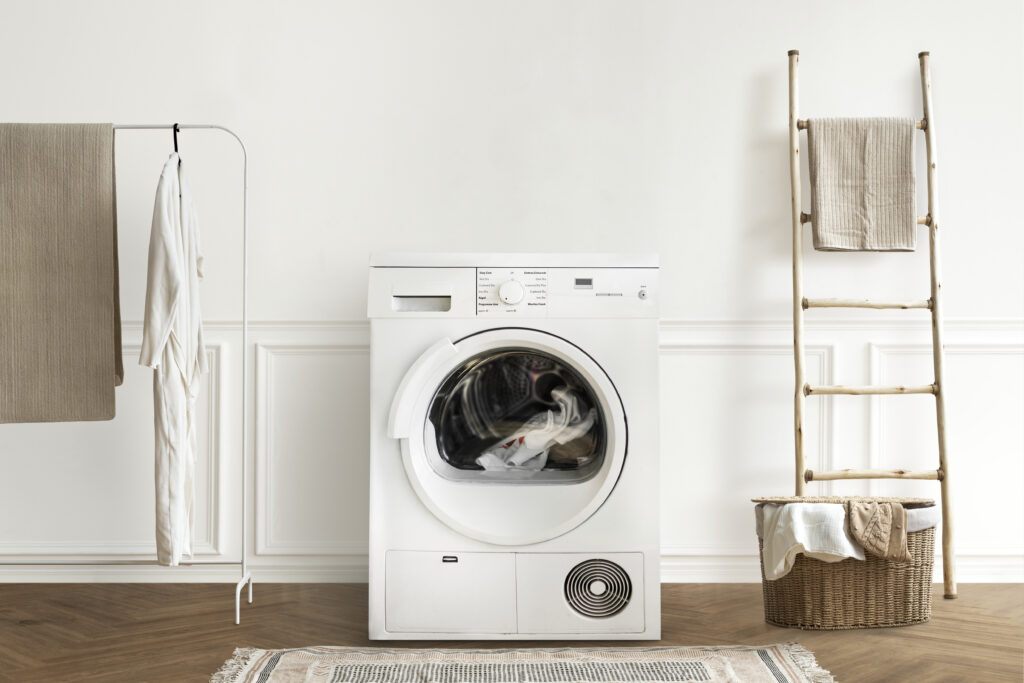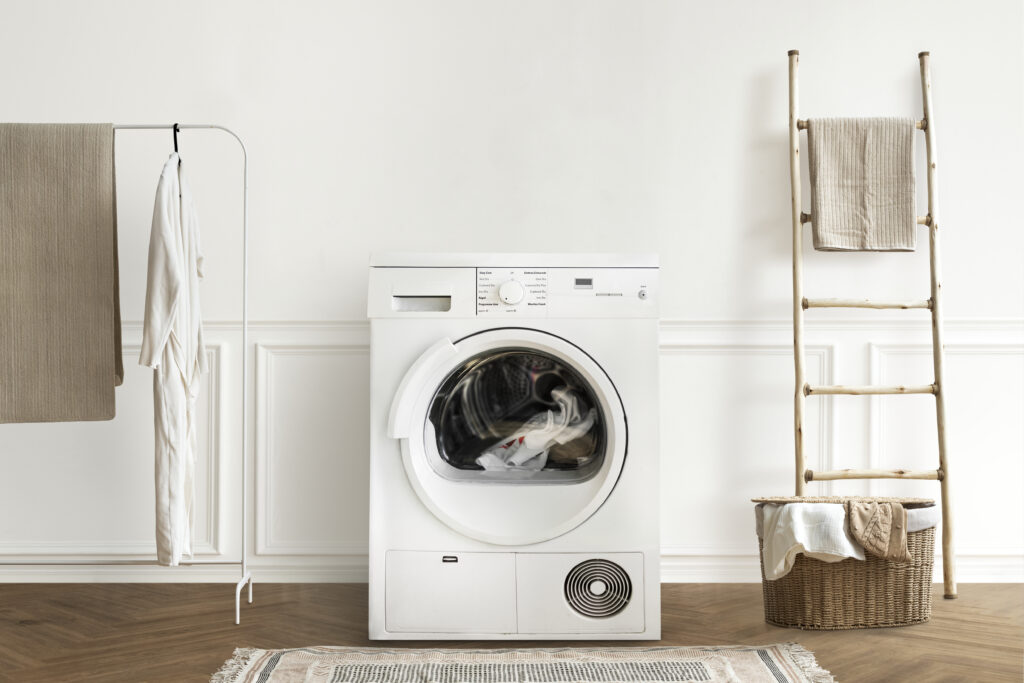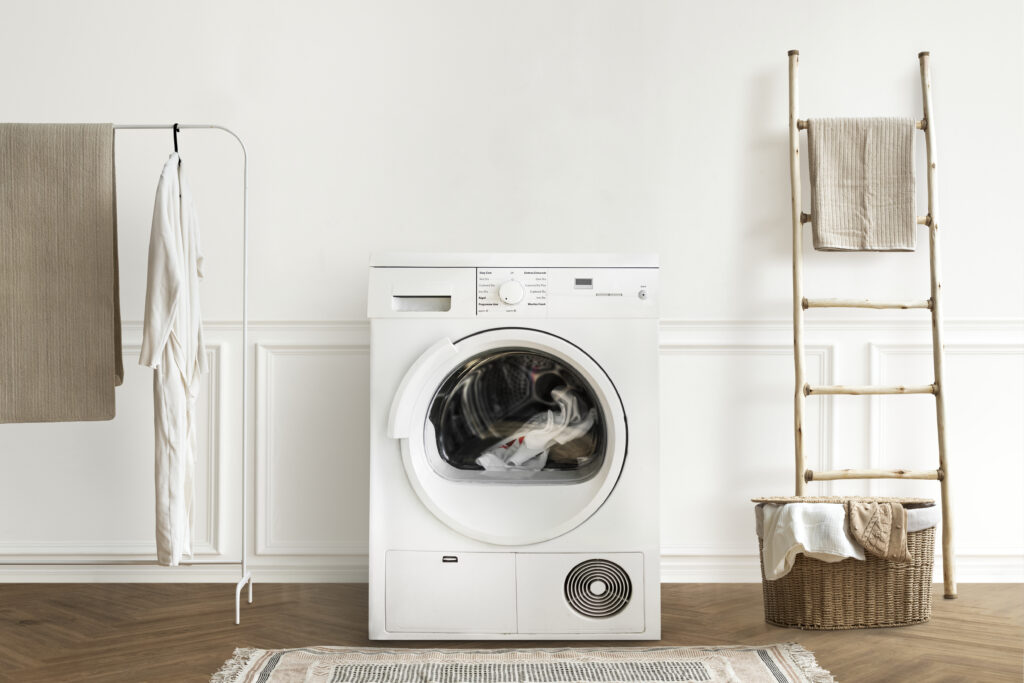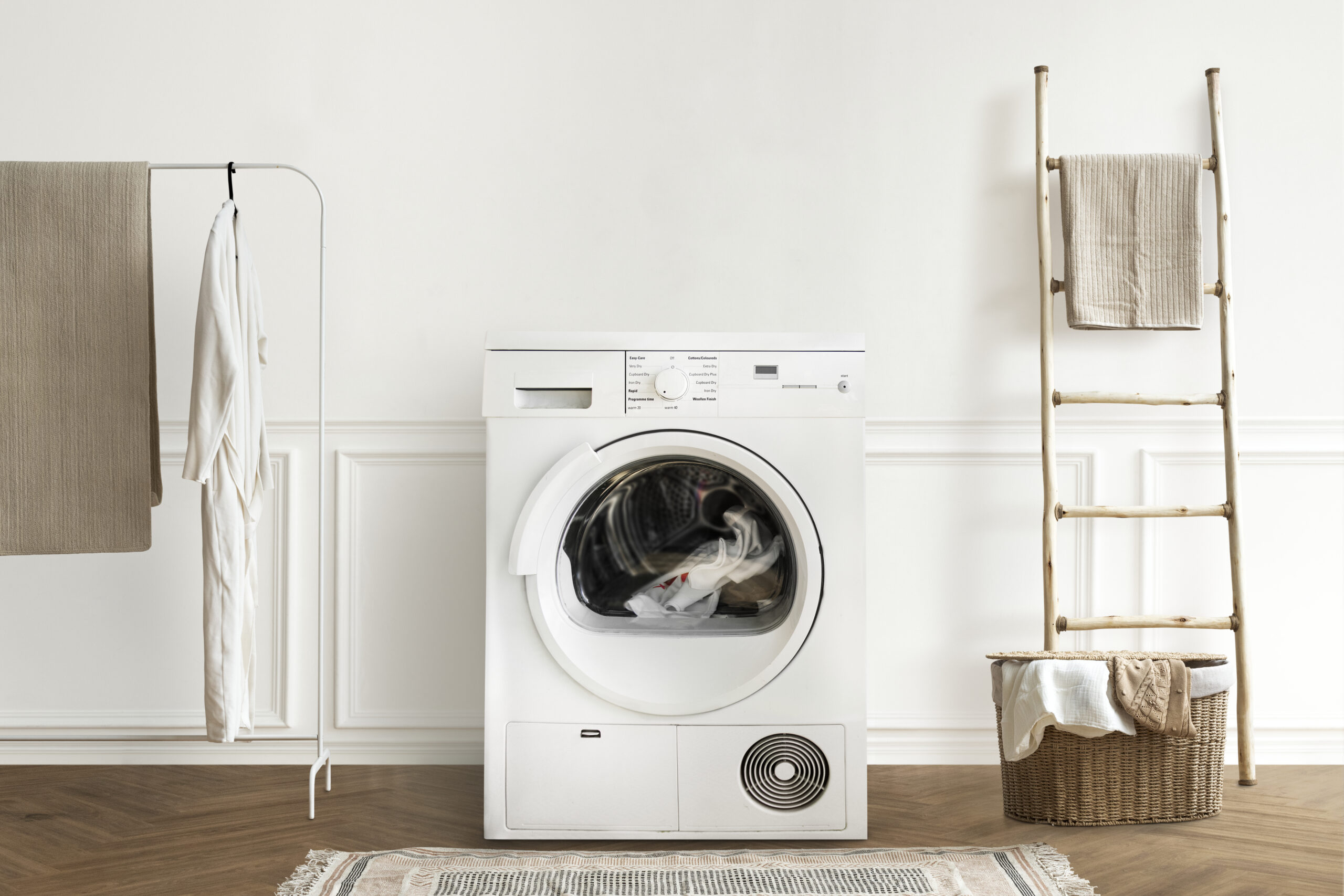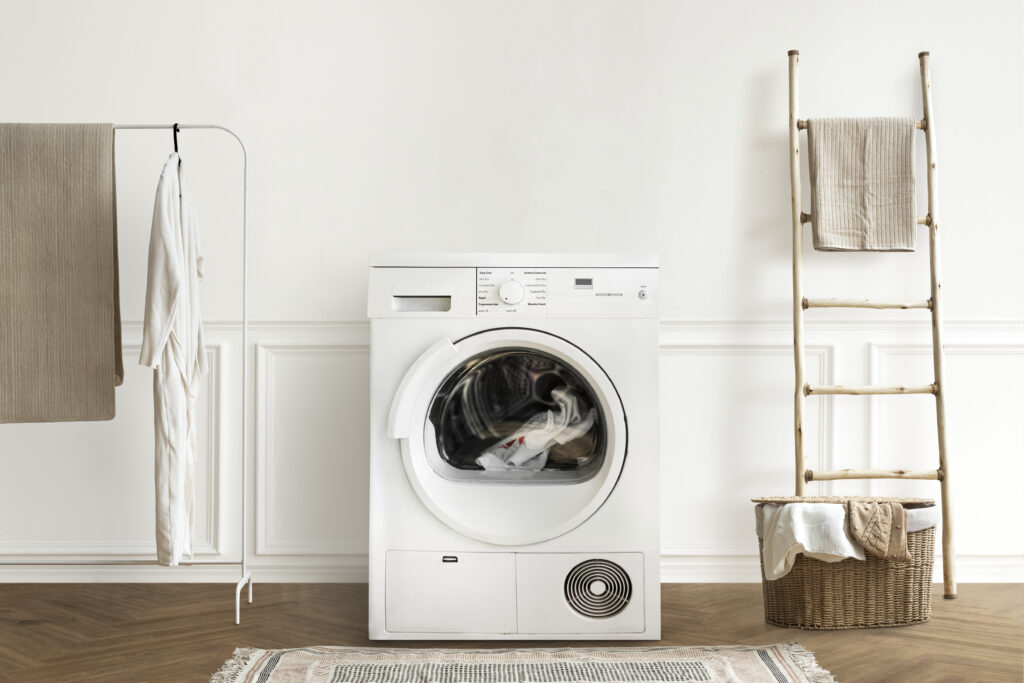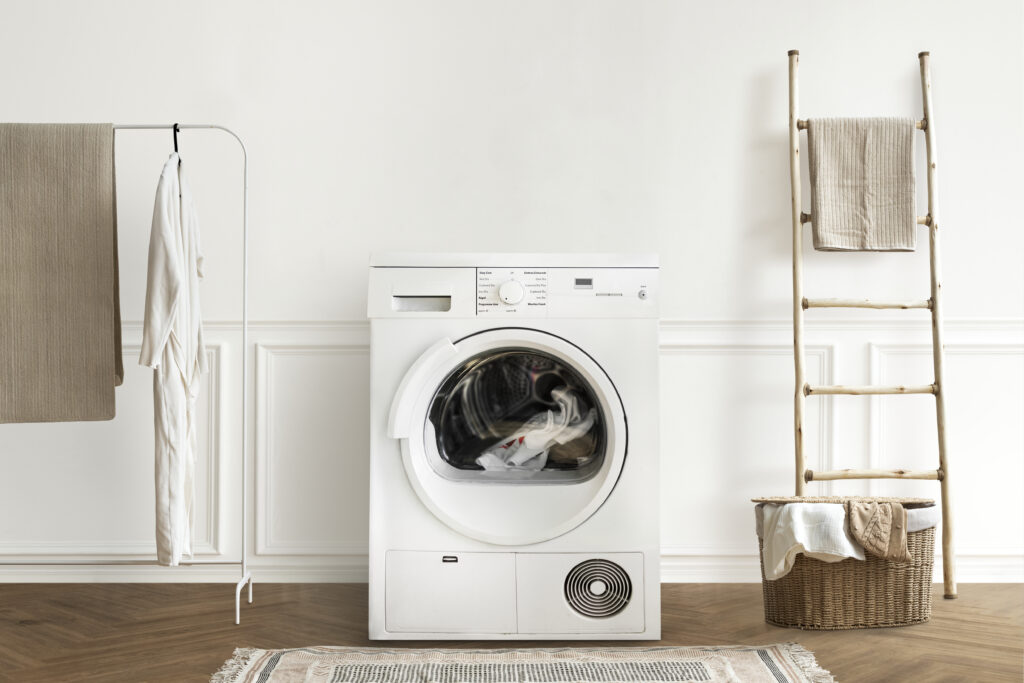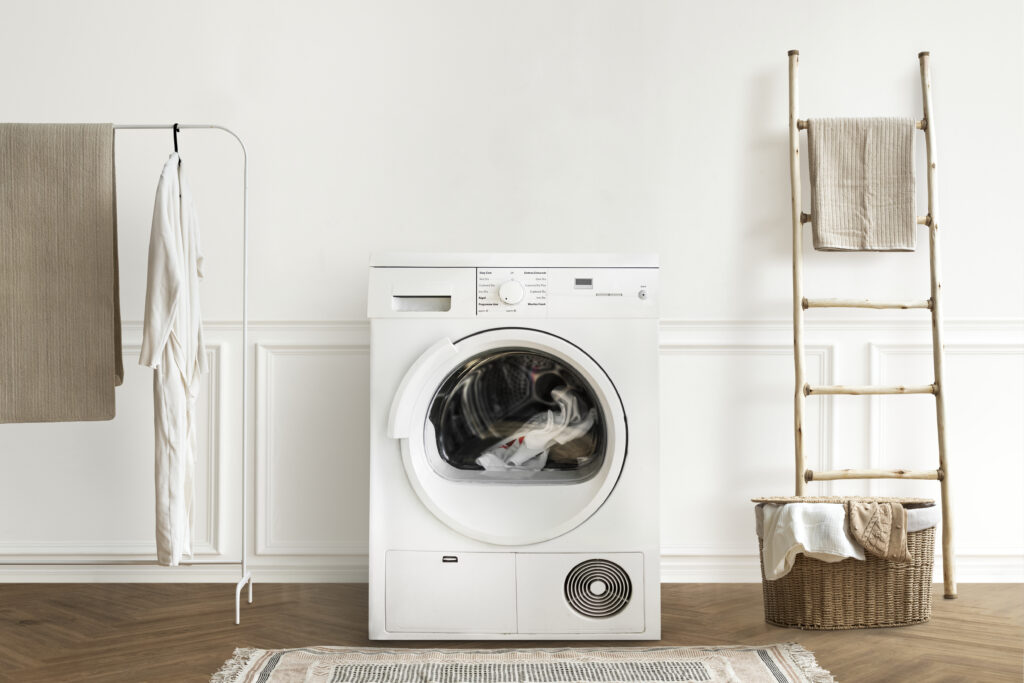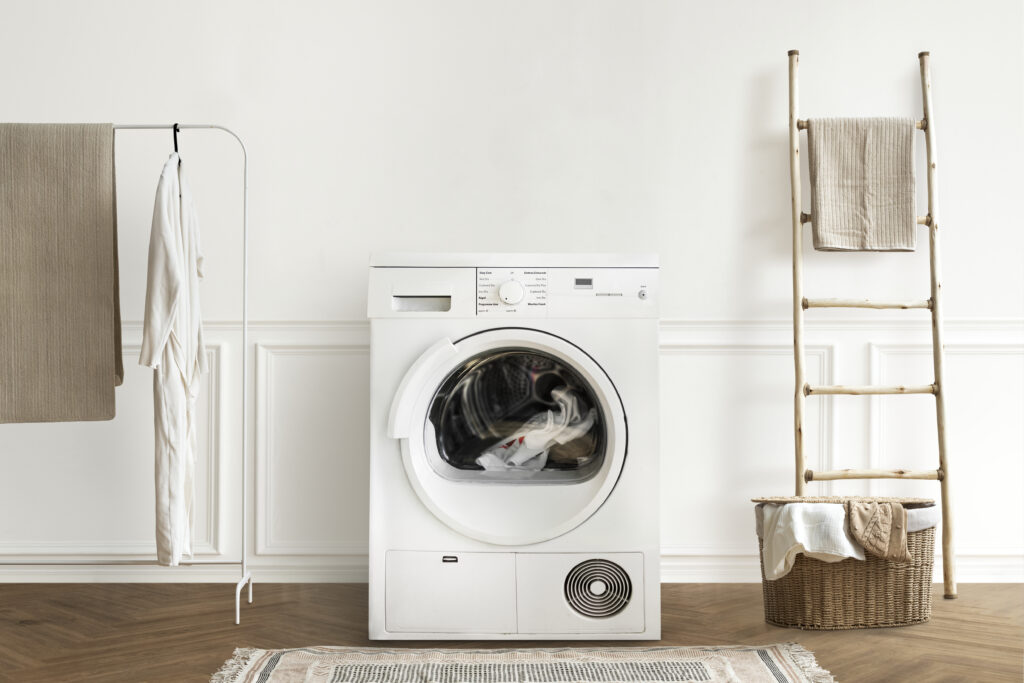Silk blouses, lace dresses, wool sweaters, and lingerie are examples of delicate clothing that needs special attention to maintain its beauty and longevity. Although many people believe that hand washing is the only safe way to clean them, most delicate clothing can be safely cleaned in modern washing machines when the proper settings and safety measures are followed.
We’ll go over how to wash delicate clothing in a washing machine, what settings to use, what mistakes to avoid, and how to keep your favorite delicate items looking brand new in this comprehensive guide for homeowners in the USA.
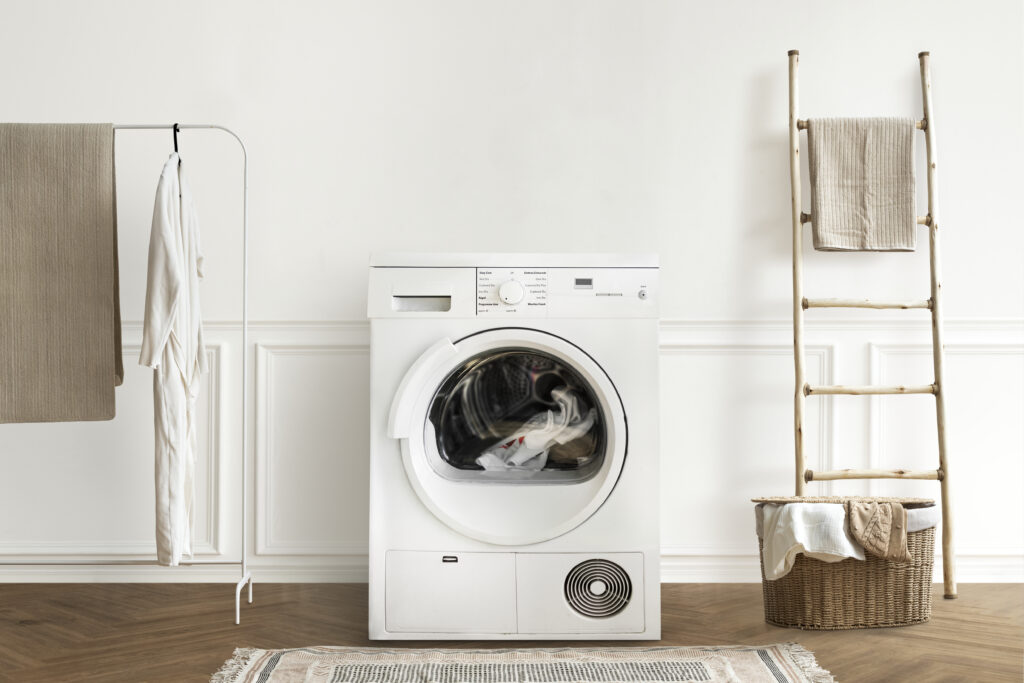
What Kinds of Clothing Are Listed as Delicate?
Fabrics and clothing that are prone to stretching, snagging, shrinking, or becoming damaged when washed harshly are referred to as delicate clothing.
Typical delicate objects are:
Dresses and shirts made of silk
Sweaters made of wool
Lace underwear and lingerie
Chiffon scarves
Beaded or embroidered textiles
Cashmere knits
Sleepwear made of satin
Bralettes and bras
Synthetic lightweight materials (polyester blends)
These textiles need to be handled carefully, washed with softer motions, and at lower water temperatures.
Can delicate items be washed in a washing machine?
Yes, you can safely wash a lot of delicate clothes at home with modern washers that have a delicate or gentle cycle. To prevent damage, it is essential to use the proper settings, laundry accessories, and wash aids.
Crucial Advice for Using a Washing Machine to Clean Delicate Clothes
1. Get Your Laundry in Order
Never combine heavy items like jackets, jeans, or towels with delicate clothing. Heavy fabrics can cause agitation, which can snag and harm delicate materials.
Pro Tip: To avoid color bleeding, group delicates by color as well, such as light, dark, and bright.
2. Make Use of a Mesh Laundry Bag
Delicate clothing can be shielded from snagging, stretching, and becoming tangled with other items of clothing by being placed in a mesh laundry bag.
Store bras, socks, and lingerie in tiny bags.
Nightwear, scarves, and silk blouses fit in medium bags.
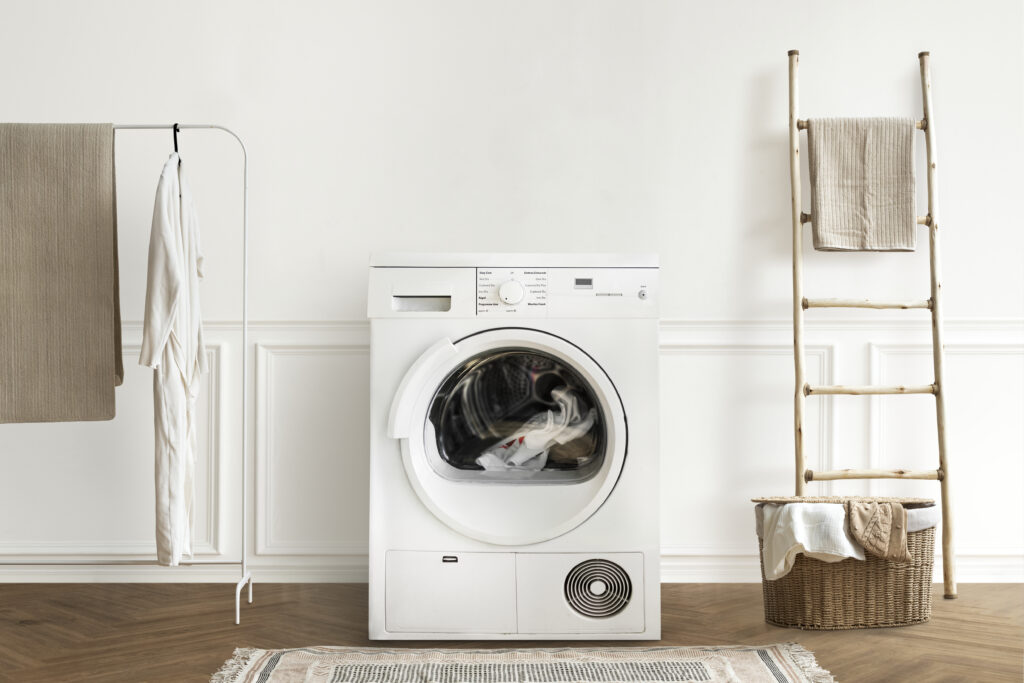
3. Select the Proper Detergent
Use a gentle, mild detergent made especially for silk, wool, or delicates. Steer clear of bleach-based, strong-scented, or harsh detergents as they can weaken delicate fibers.
Popular choices in the USA:
Delicates Made of Wool
Laundress Delicate Wash
Gentle & Tide-Free (for delicate fabrics)
4. Choose the Gentle or Delicate Cycle
Most contemporary washing machines come with a Delicate, Hand Wash, or Gentle cycle option. These cycles make use of:
Reduced spin rates
Reduced washing times
A slight agitation
Water temperatures that are cool or cold
Advice: For delicate items, stay away from the Normal, Heavy Duty, or Quick Wash cycles.
5. Make Use of Cold Water
For delicate fabrics, always use cold water (about 60°F/15°C) to avoid stretching, fading, and shrinking.
Exception: Always read the care label because some wool products may require lukewarm water.
6. Reduce the Size of the Load
When washing delicates, avoid packing your washer to capacity. A light load lessens friction and permits the clothing to move freely.
The ideal load
For delicates, use half to one-third of the drum’s capacity.
How to Wash Delicates in a Washing Machine: A Comprehensive Guide
1. look at care labels
Prior to machine washing, always read the fabric care label on your clothing. Look for washing symbols that say “dry clean only,” “hand wash,” or “machine wash safe.”
2. Prior to Treating Stains
Use a mild stain remover or a diluted solution of cold water and mild detergent to gently treat any stains before washing. Start by testing a discrete area.
3. Put Things in Mesh Bags
To keep your delicate clothing safe during the washing cycle, sort it and put it in mesh bags with zippers or drawstrings.
4. Choose the Delicate Cycle
Select the Hand Wash, Gentle, or Delicate cycle.
Turn the water’s temperature to cold.
If there is a Low Spin or No Spin option, select it.
5. Put in some mild detergent
Fill the detergent dispenser in your washer with the recommended quantity of mild detergent. Avoid using too much soap as it may leave residue on delicate fabrics.
6. Get the Cycle Started
Start the delicate cycle. Avoid stopping in the middle of the cycle as this may result in water stains on some materials or fabric bunching.
7. Let the clothes air dry
Delicates should not be tumble-dried because heat can cause fibers to shrink or break.
The best techniques for drying:
Cashmere, wool, and knitted items should be laid flat to dry.
Clothes made of silk, satin, and lace should be hung dry.
Dry on a towel: Before letting clothes air dry, roll them in a fresh towel to squeeze out extra water.
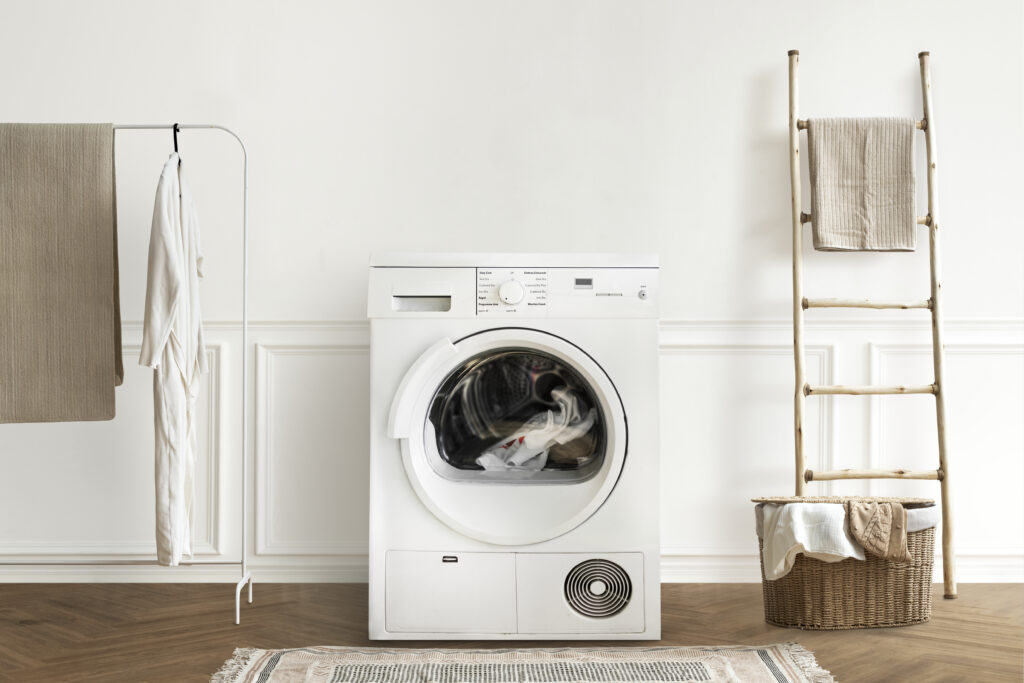
Typical Errors to Avoid When Cleaning Delicate Items
applying ordinary detergent to delicate textiles.
combining heavy, abrasive objects with delicates.
washing in hot water.
utilizing spin cycles at high speeds.
The washer is overloaded.
delicate clothing that is tumble-dried.
When Hand Washing Is Better Than Machine Washing
Even with a gentle machine cycle, some delicate clothing should still be hand washed. This comprises:
Evening gowns with beads
Heirlooms with embroidery
Items made of silk that are marked “hand wash only”
Cashmere clothing
When in doubt, wash your hands with a mild detergent in cold water.
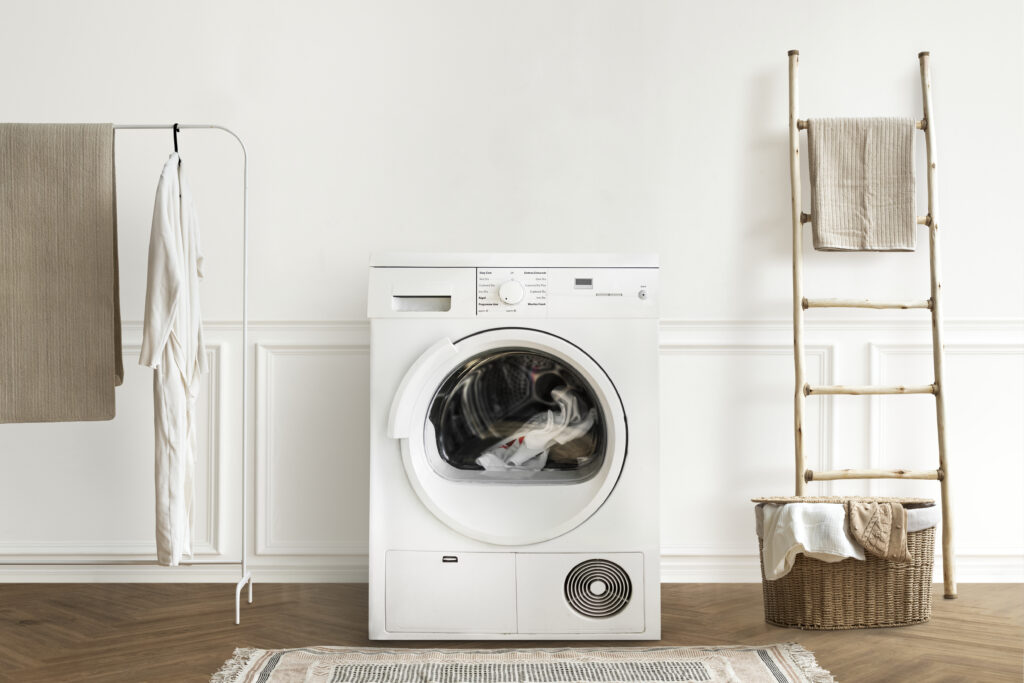
In conclusion
When you use the proper settings, equipment, and methods, washing delicate clothing in a washing machine is completely safe. You can safely clean and preserve your favorite delicate fabrics by sorting your laundry, using mesh bags, choosing a gentle cycle with cold water, and letting your clothes air dry.
Taking care of delicates at home is now simpler than ever thanks to modern USA washing machines with sophisticated fabric care cycles. Just keep in mind to always read clothing care labels and, if in doubt, wash your clothes by hand or get advice from a professional cleaner.
📌 Brief Overview: Using a Washing Machine to Clean Delicate Items
Things to Do: Arrange the laundrySort delicates according to type and color.
Employ mesh bags.Put things in laundry bags for protection.
Choose the gentle or delicate cycle.Reduce the spin speed and use cold water.
Apply a gentle detergent.Selecting formulas for delicate textiles
Only let it air dry.Avoid tumble drying and instead lay flat or hang dry.

